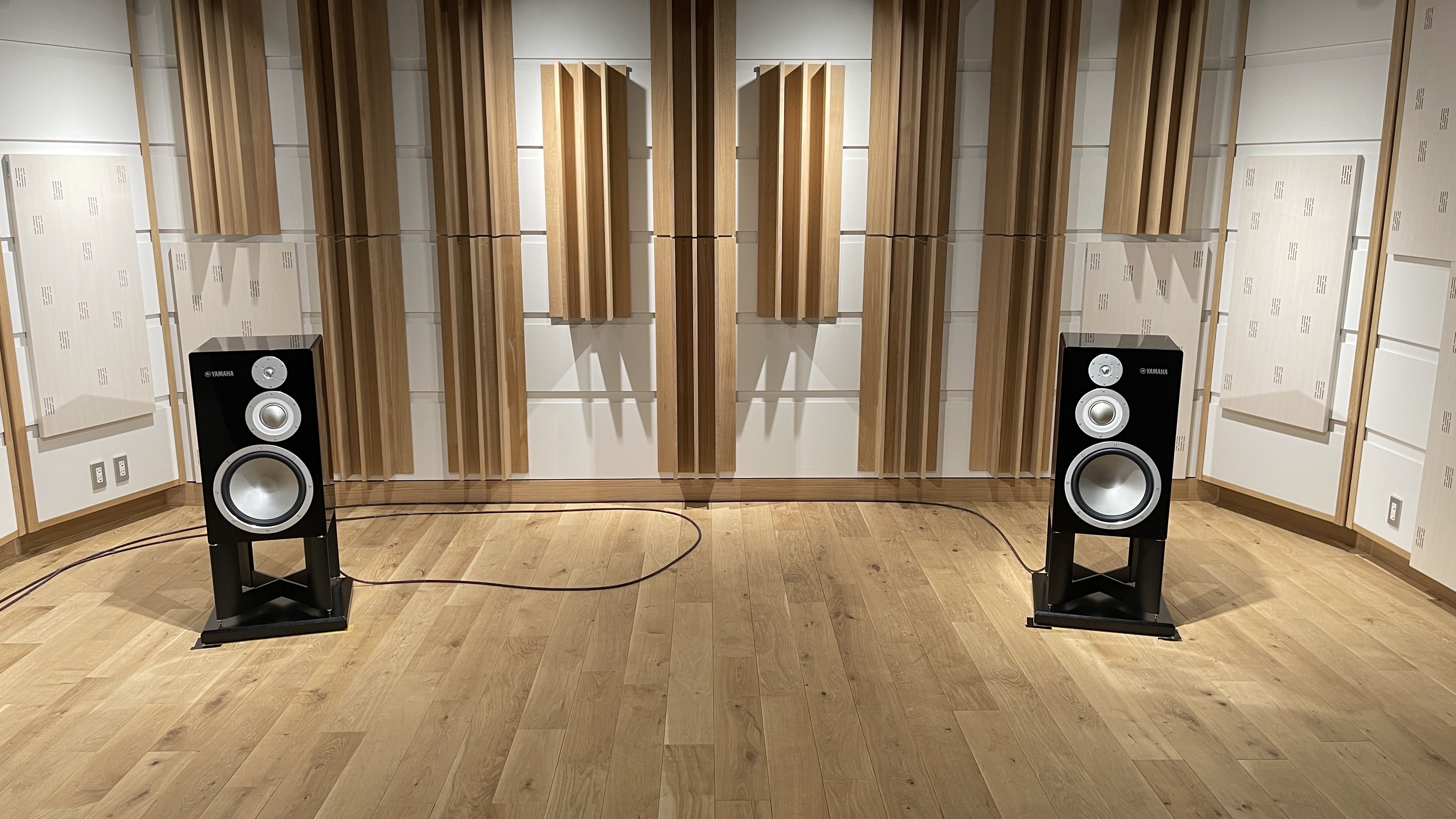Best OLED TV 2025: our reviewers' four top picks for serious movie fans
Our expert TV review team offers its advice on which OLEDs are best
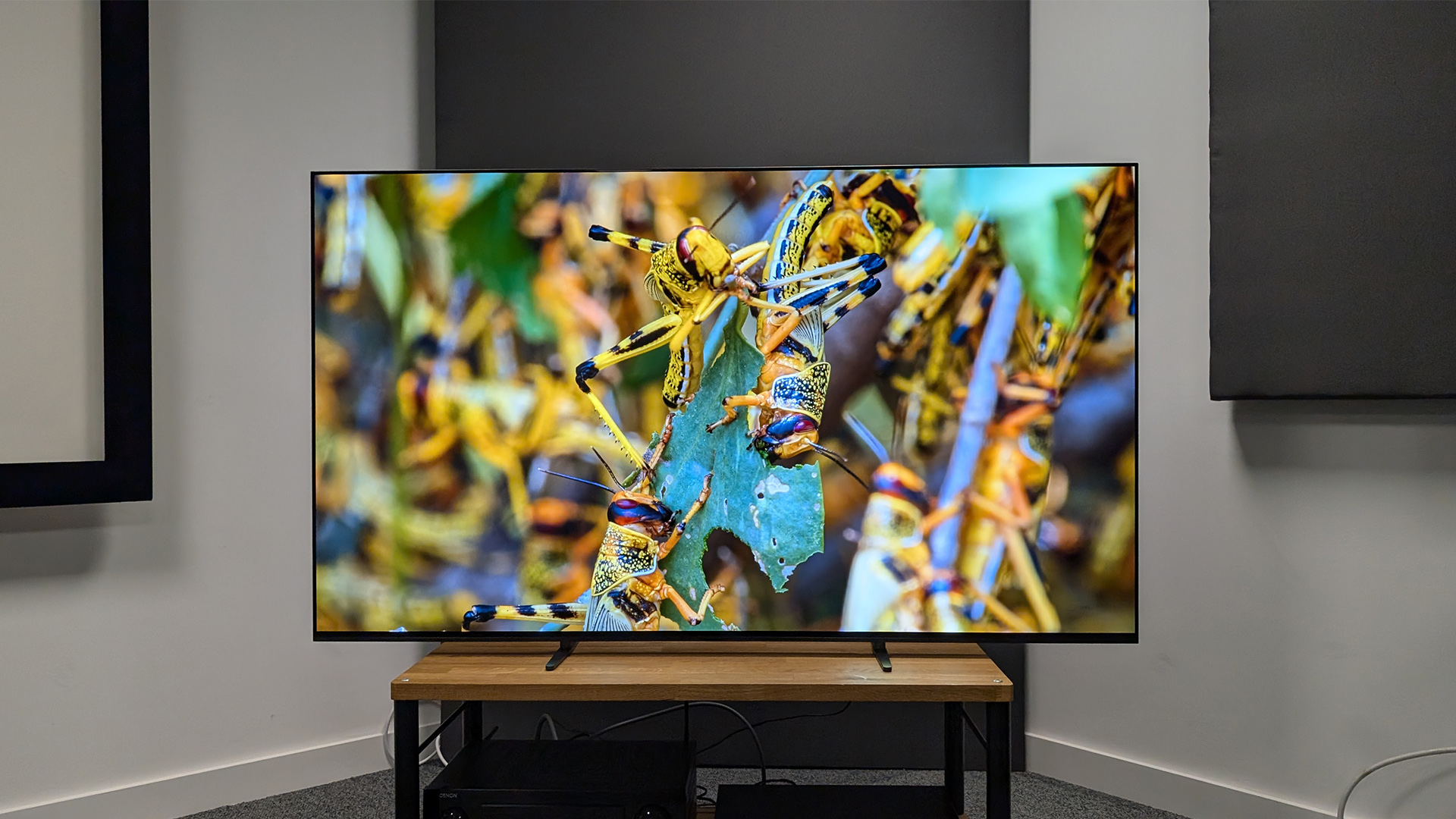
2025 is rapidly turning into another exciting year for home cinema fans, with this year’s new OLED TVs launching with a wealth of never before seen features.
These range from new AI focused chipsets to completely new fourth-generation OLED panels from LG Display.
The feverish pace of innovation is awesome, but it also means knowing which OLED TV to buy can be tricky. Do you go for a heavily discounted early model or one of the new cutting-edge sets?
Here to help answer these questions and more, our team of home cinema experts are on hand. We continually update this buying guide with the latest and greatest sets we have reviewed and can recommend.
You can get a detailed breakdown of how how we test OLED TVs at the bottom of this guide. The short version, though, is that every set goes through a rigorous comparative testing process in our viewing rooms. So we know how good it is compared with its rivals.
On the off chance you’re not 100 per cent committed to your next TV being an OLED, make sure to check our main best TV, best Mini LED TV and best gaming TV guides for a wider selection of recommendations.
The quick list
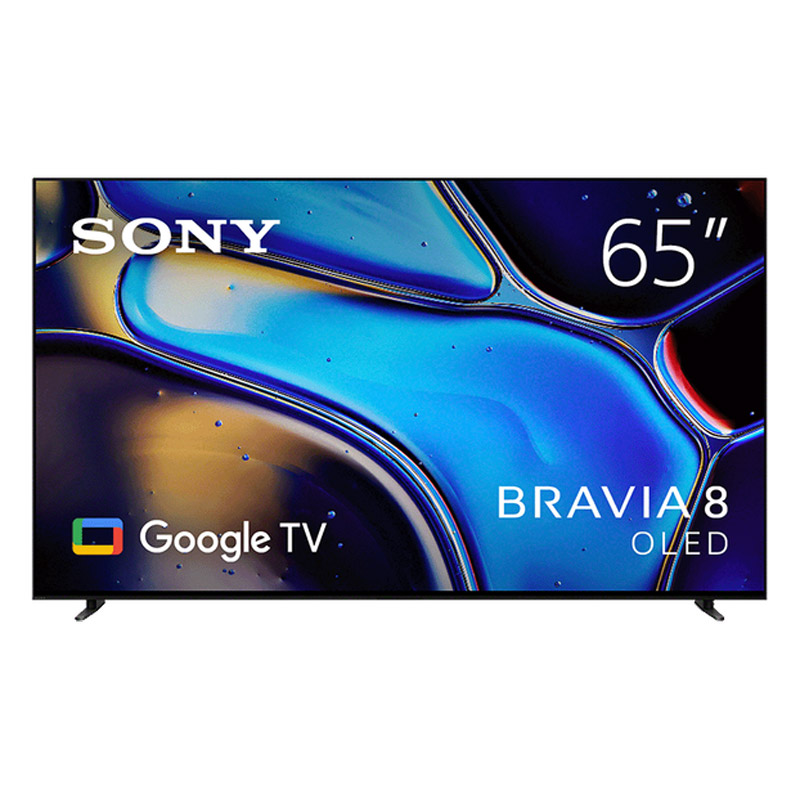
Best overall
The Award-winning Bravia 8’s combination of fantastic picture quality and better than average sound makes it our top pick.
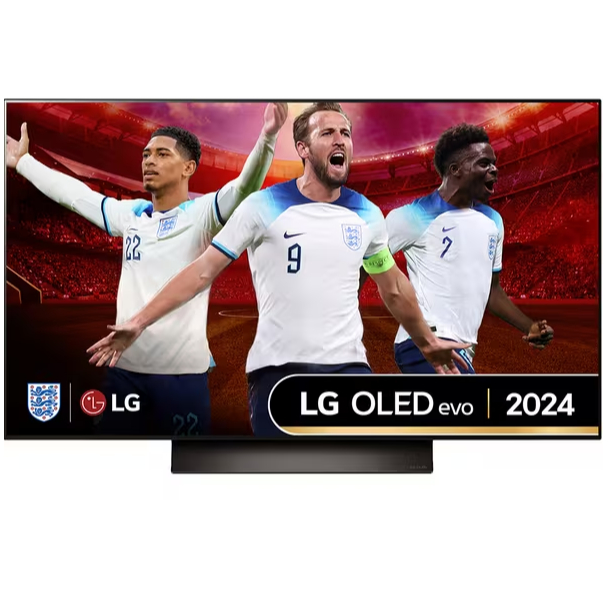
Best budget
The newer C5 is on the horizon, but LG’s C4 is now available with significant discounts, making it a better buy than ever.
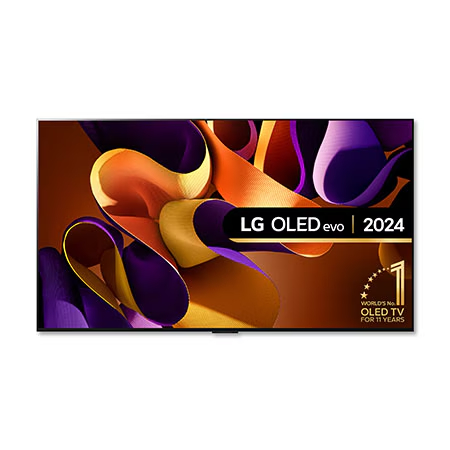
Best premium
Despite the G5's launch, thanks to recent price drops the LG G4 remains our recommended premium OLED TV – for now.
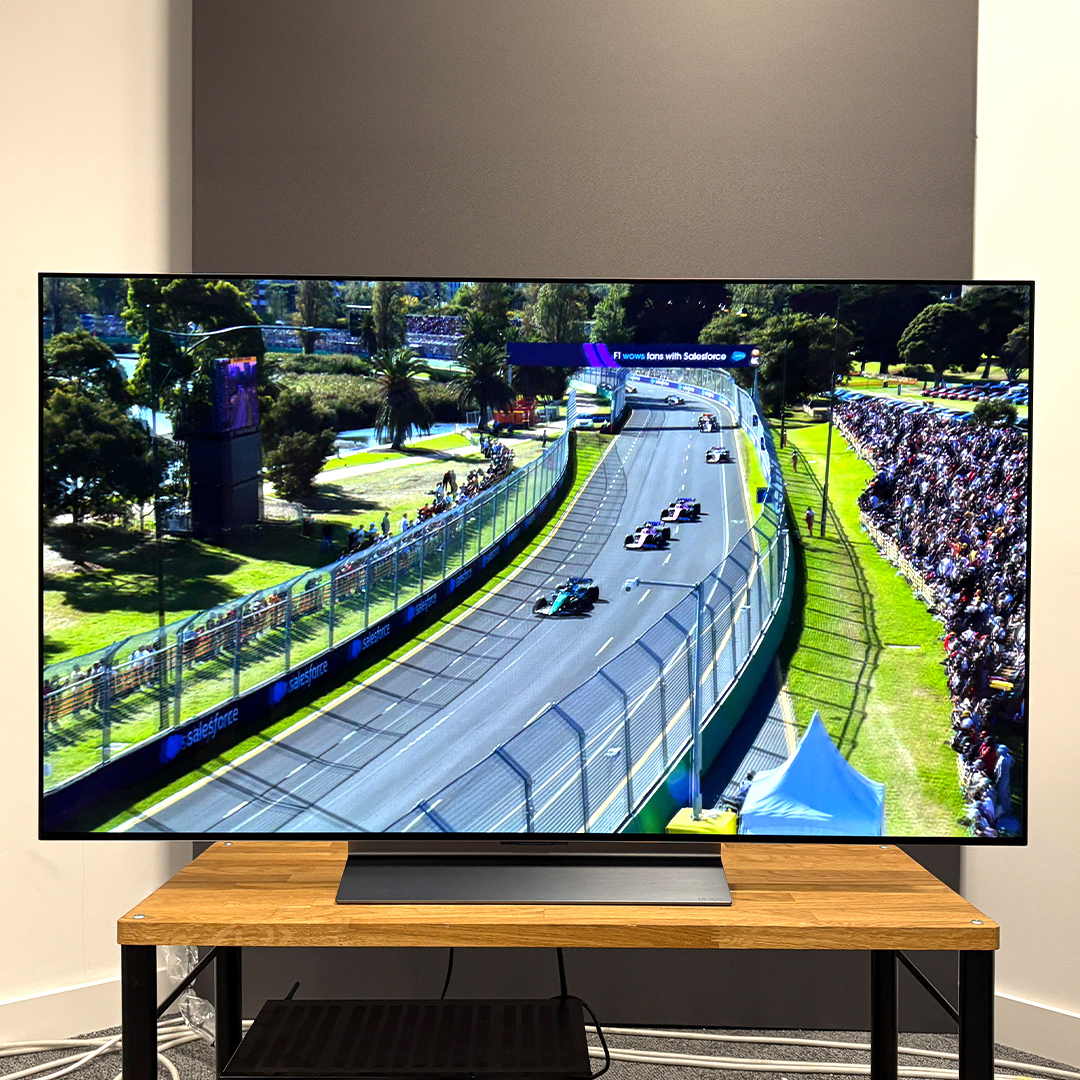
Best new
The LG C5 is a fantastic OLED TV and the best new set we have tested this year.
Meet the expert looking after this guide
Why you can trust What Hi-Fi?

I’ve been testing OLED TVs most of my 16-year-plus career as a technology journalist. That means I’ve spent more hours than I care to detail sitting in our dedicated test room, in the dark, comparing each year’s sets for picture and audio quality. While some may find this a little too close to Groundhog Day for their liking, I’ve always enjoyed the experience for one key reason – the tech never stops developing and there’s always something new to check out. Most recently this has been spearheaded by the arrival of brightness-boosting technologies such as MLA and QD-OLED, which have forced us to re-evaluate our expectations at the top end of the already premium OLED market.
Best overall

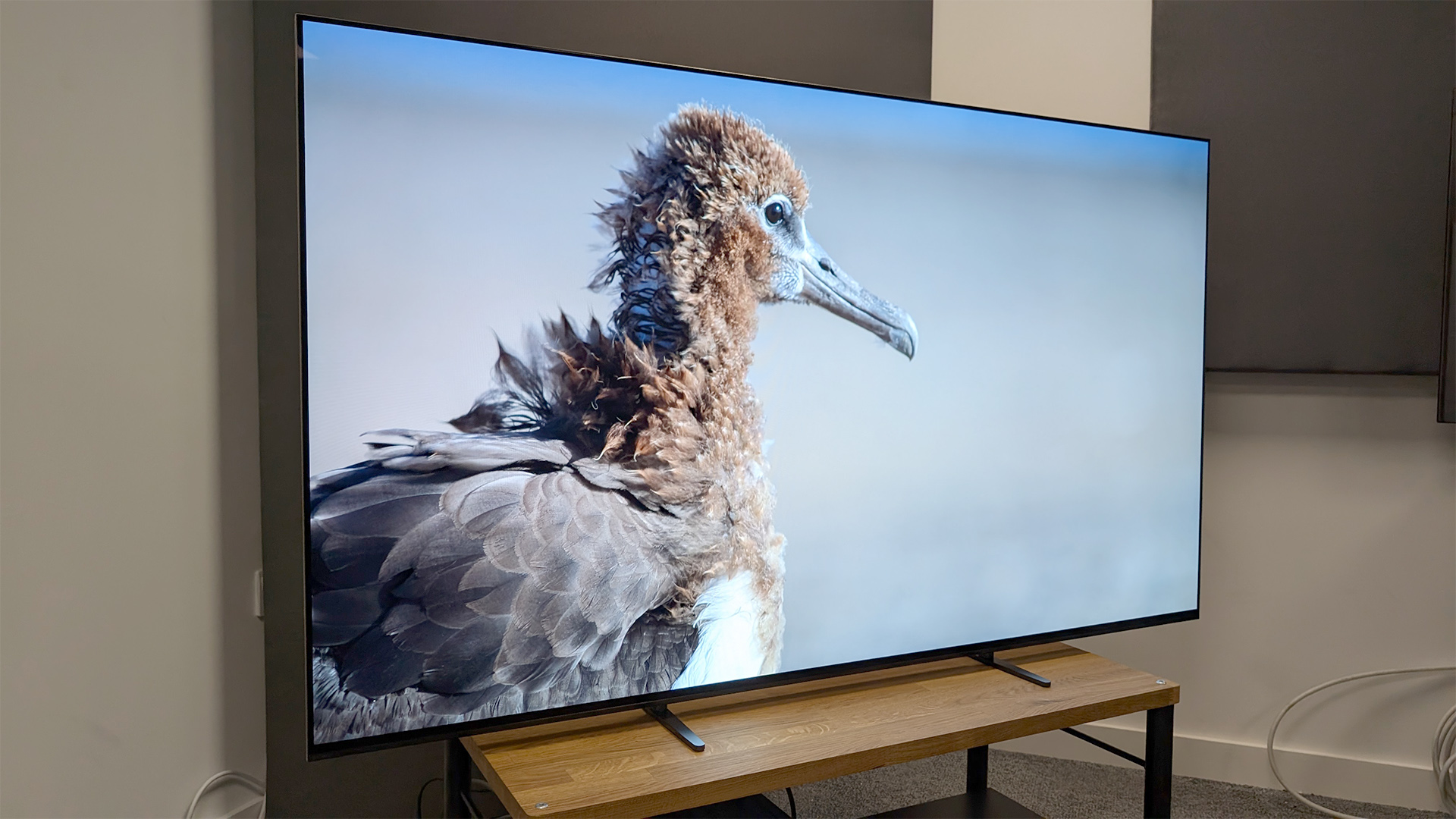
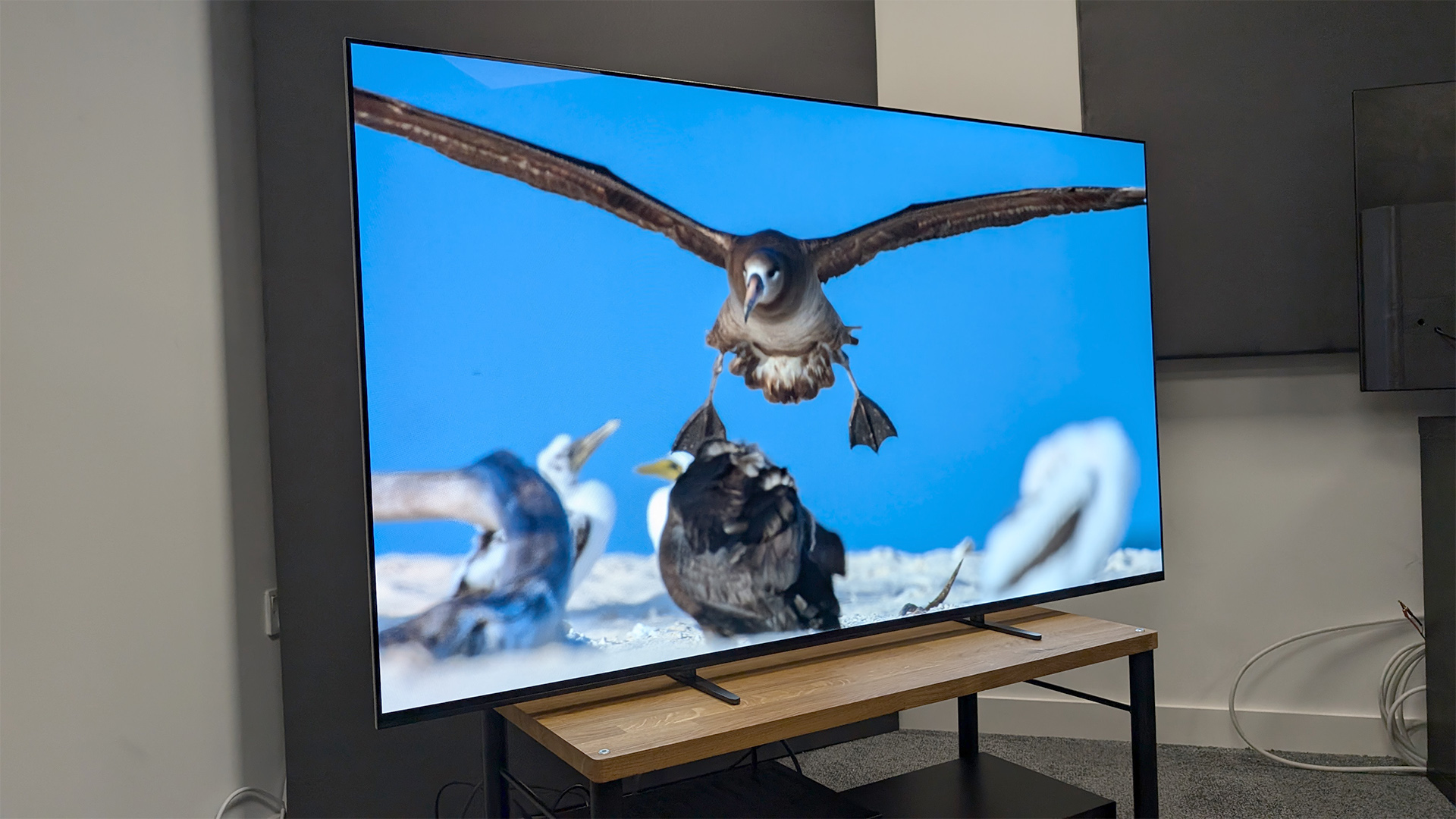
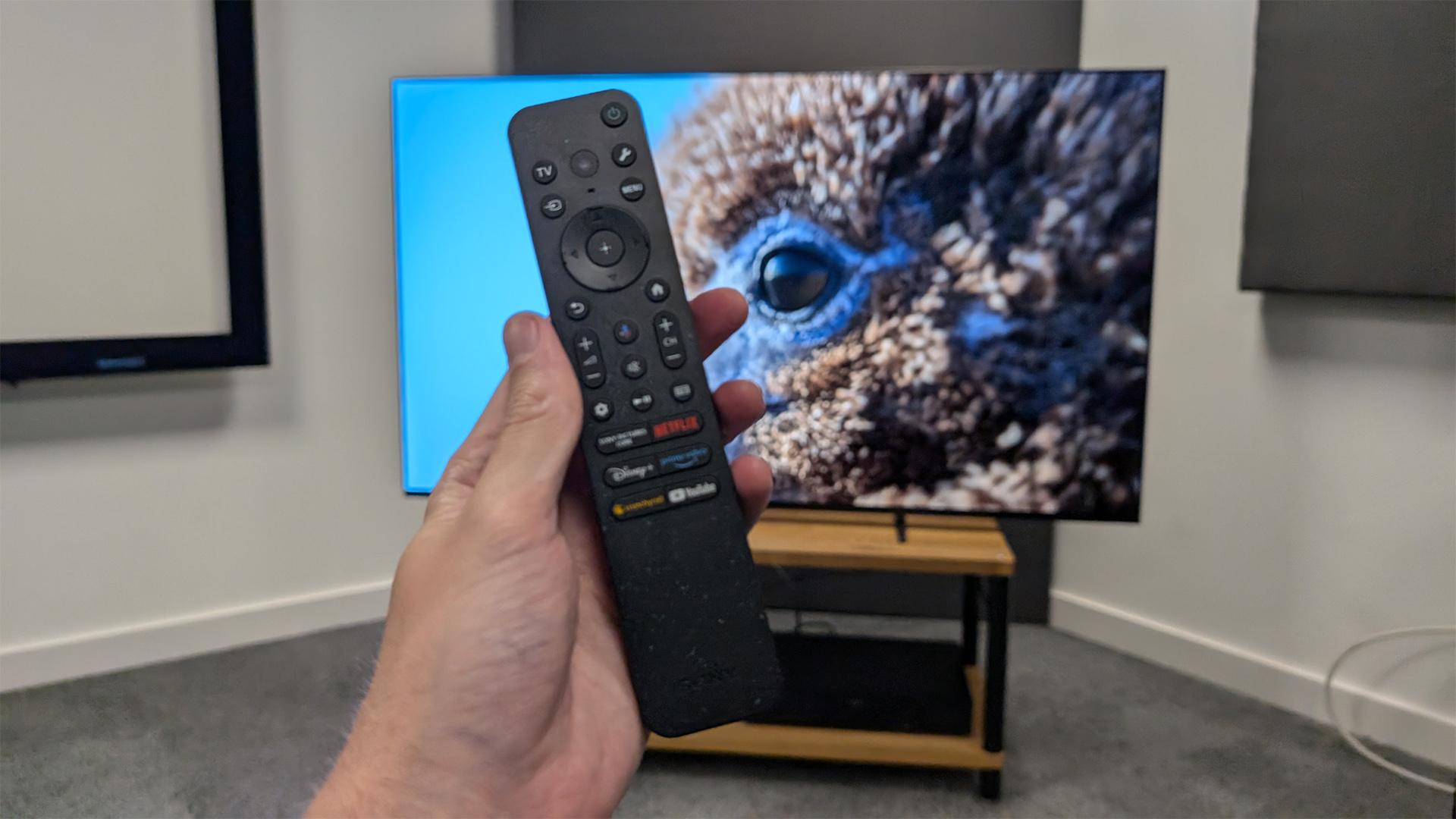
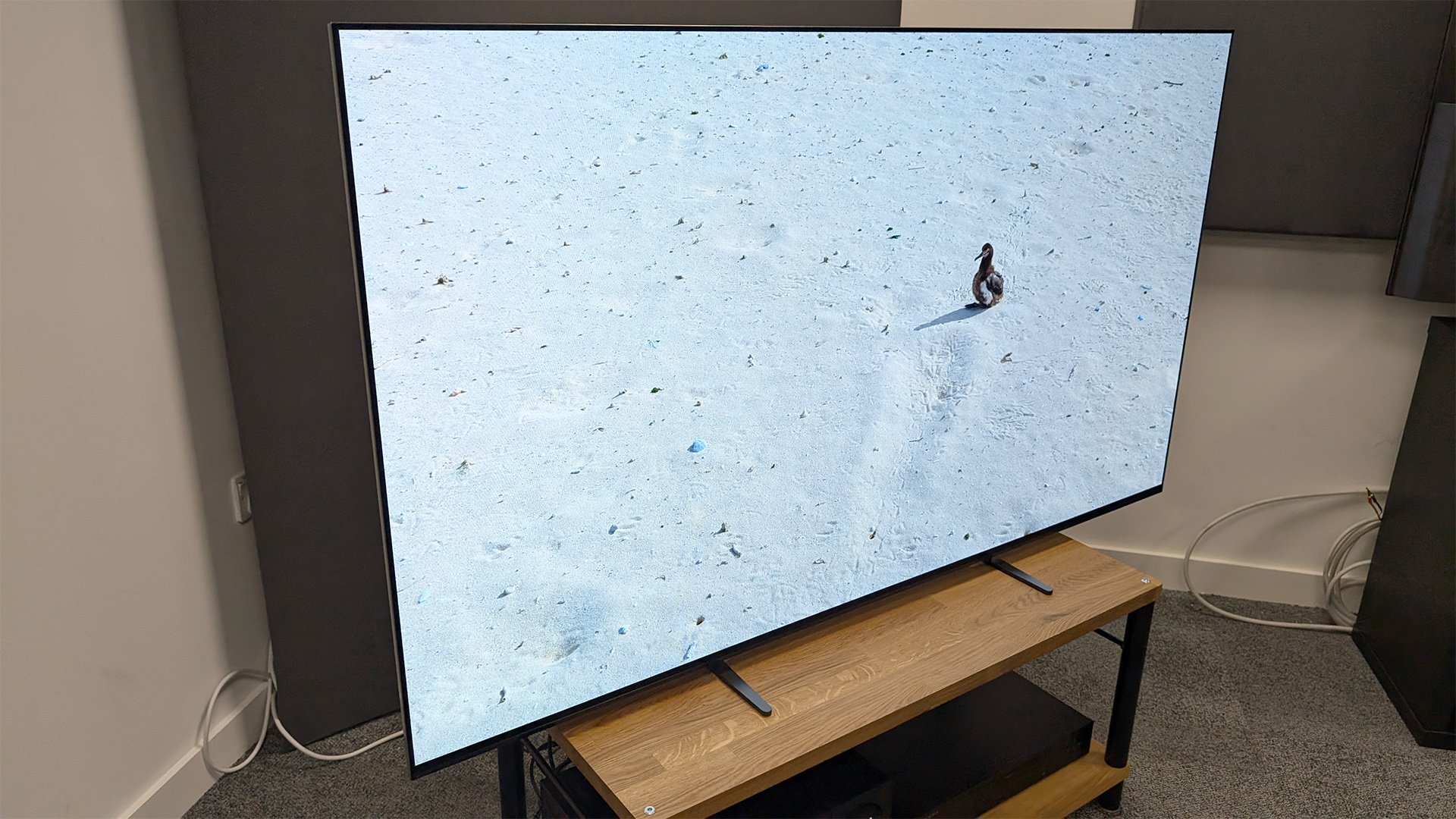
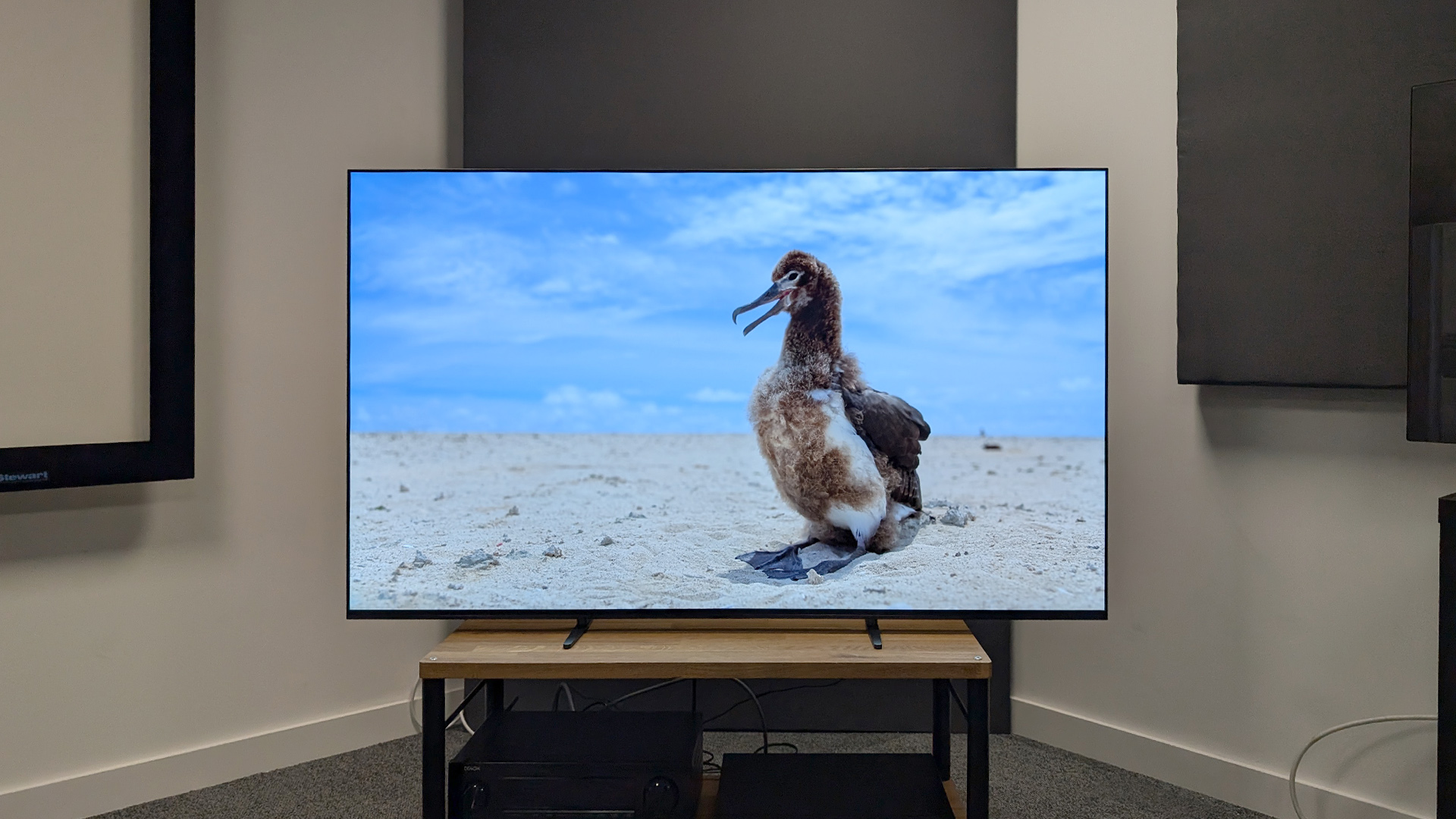
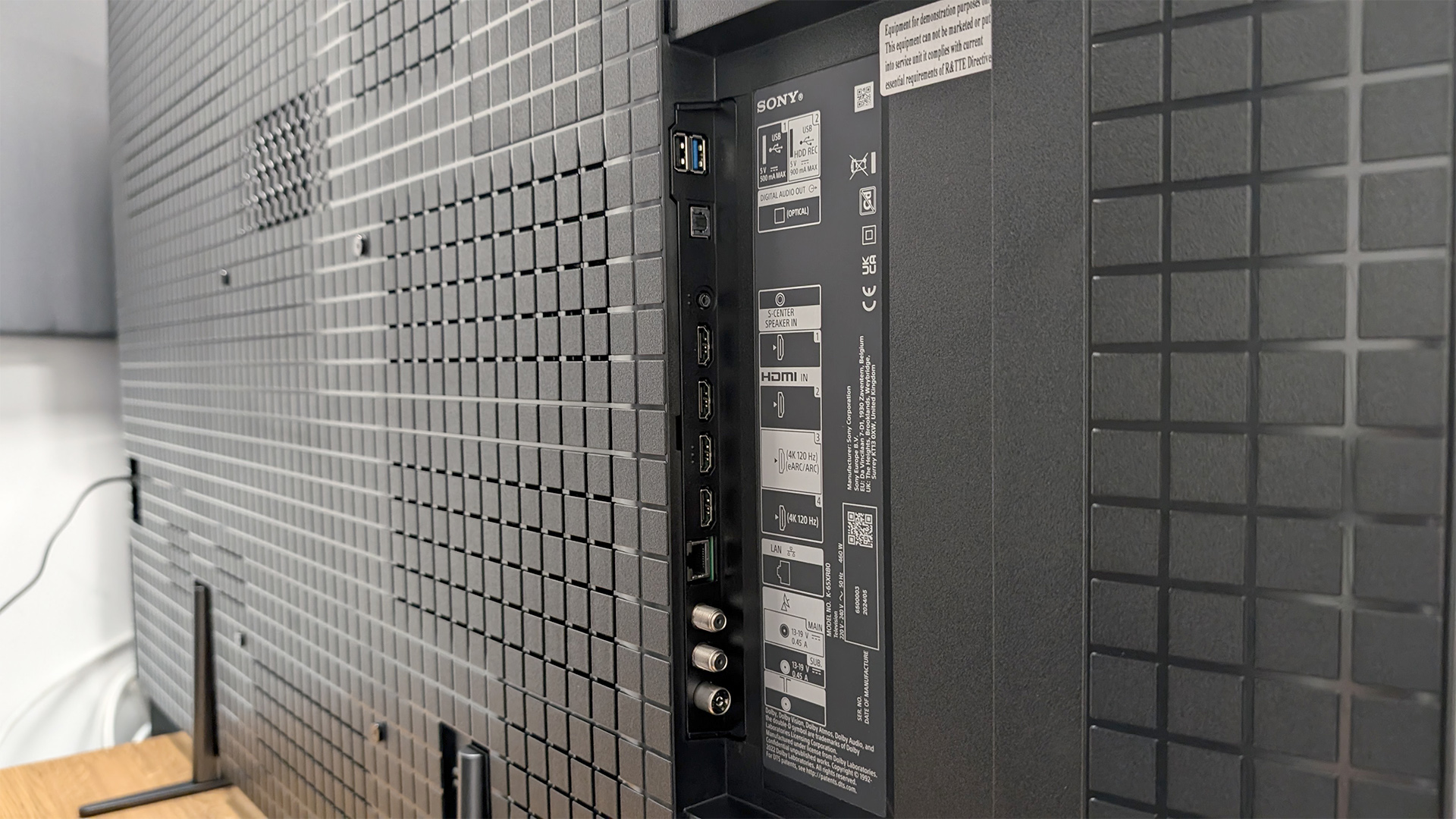
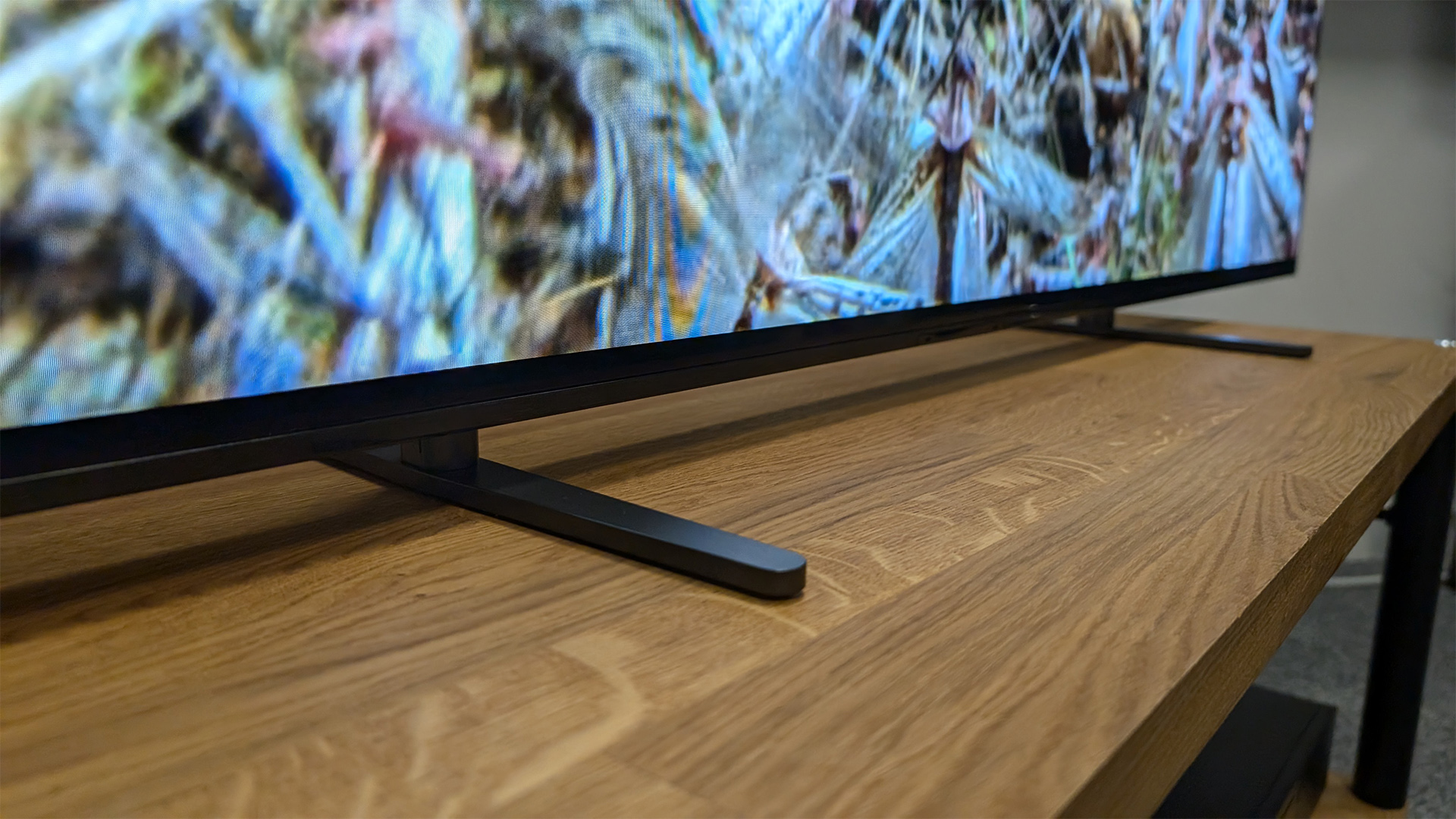
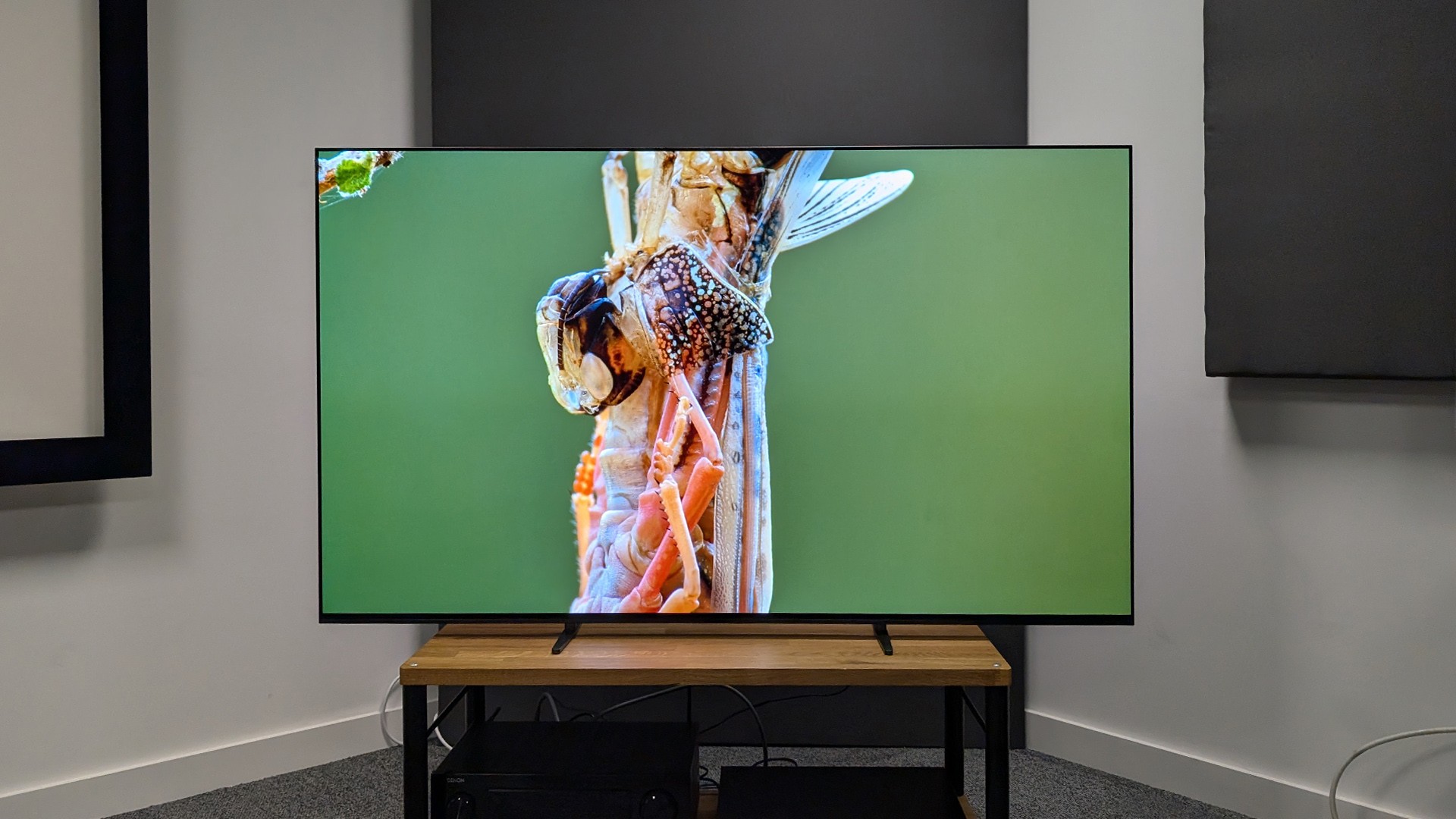
Specifications
Reasons to buy
Reasons to avoid
Despite Sony, confusingly, launching a Bravia 8 II this year, the base Bravia 8 remains the Japanese giant’s latest step-down OLED.
Though its name suggests otherwise, the Sony Bravia 8 II is actually a successor to the step-up, more expensive Sony A95L QD-OLED from a couple of years ago.
The Sony Bravia 8, then, remains the best OLED TV we recommend to most people. That's no great surprise, considering it picked up a What Hi-Fi? Product of the Year trophy to go with its top five-star rating from our reviewers.
For the money the Bravia 8 is one of the best performance-per-pound options available. Highlights include a wonderfully punchy, but accurate picture that offers wonderfully high peaks, and oodles of shadow detail.
Regardless of the test disc we threw at it, the set matched or beat key rivals, making it a fantastic option for people looking for an “as the director intended experience”.
Doing our Pan stress test – a disc we use because it is one of few mastered at 4000 nits – it also proved to be brighter than the A80L – one of the brightest step down OLEDs available when it came on the market a year or so ago.
The Bravia XR processor also proves capable, with the set’s upscaling powers and light control offering up a wonderfully sharp, three-dimensional image, even when running our True Grit test. This is a challenging SDR title, with its intentional grainy, spaghetti-western quality.
As a final perk, the Bravia 8 is also the best-sounding OLED TV in this list. This is largely due to the inclusion of Sony’s Acoustic Surface Audio+ tech, which uses under-screen actuators, rather than traditional speakers to create sound.
While we still recommend a soundbar or speaker package for truly great results, the Bravia’s 8’s speakers deliver a noticeable amount more control and directionality than the rivals we tested it against, including the LG C4.
The combined package makes it the best mid-range, and general OLED for most people. Hence our reviewers’ glowing recommendation:
“Skin tones are warmer and more realistic, and advances in its light control make the picture look wonderfully three-dimensional. Audio also remains a cut above the experience you’ll get on rival sets. So while the Bravia 8 may be a hard sell for people who only recently bought an OLED TV in the past few years, it is still an incredible set worth considering for everyone else.”
The only minor downside is that, like all non-LG and Samsung OLEDs, it has only two HDMI 2.1 inputs – one of which doubles as an eARC. So if you have multiple current-generation consoles and a Dolby Atmos soundbar you won’t be able to run them all at full speed. This, plus the fact its frame rate is capped at 120Hz, rather than the 144Hz seen on many rivals, means it’s not the very best option for the admittedly limited number of PC gamers looking for a TV to play on.
Read our full Sony Bravia 8 review
Attributes | Notes | Rating |
|---|---|---|
Picture | Punchy, but accurate | ★★★★★ |
Sound | The best you'll find on a TV | ★★★★★ |
Features | Solid app support, but not the best for gamers | ★★★★☆ |
Best budget
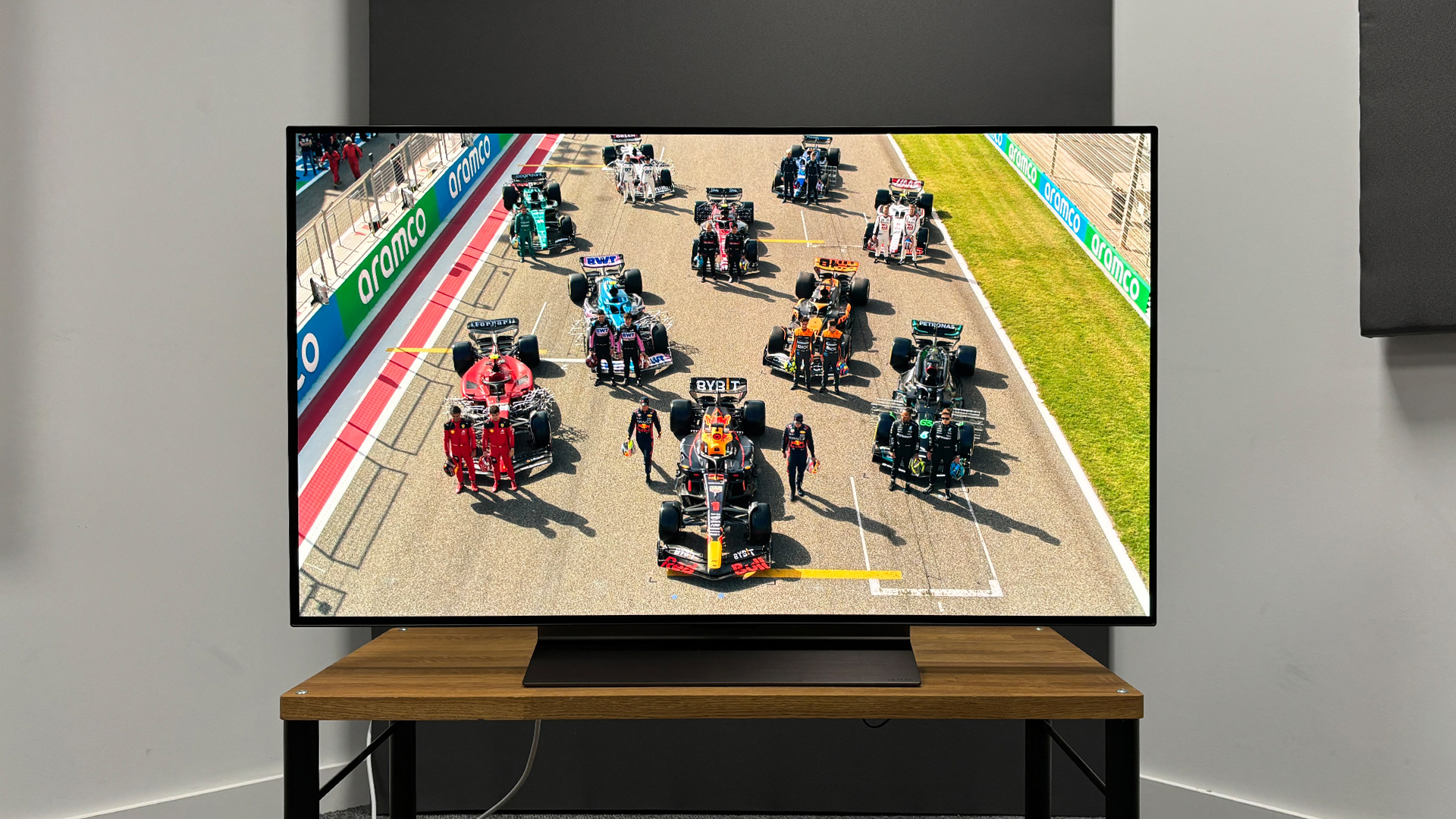
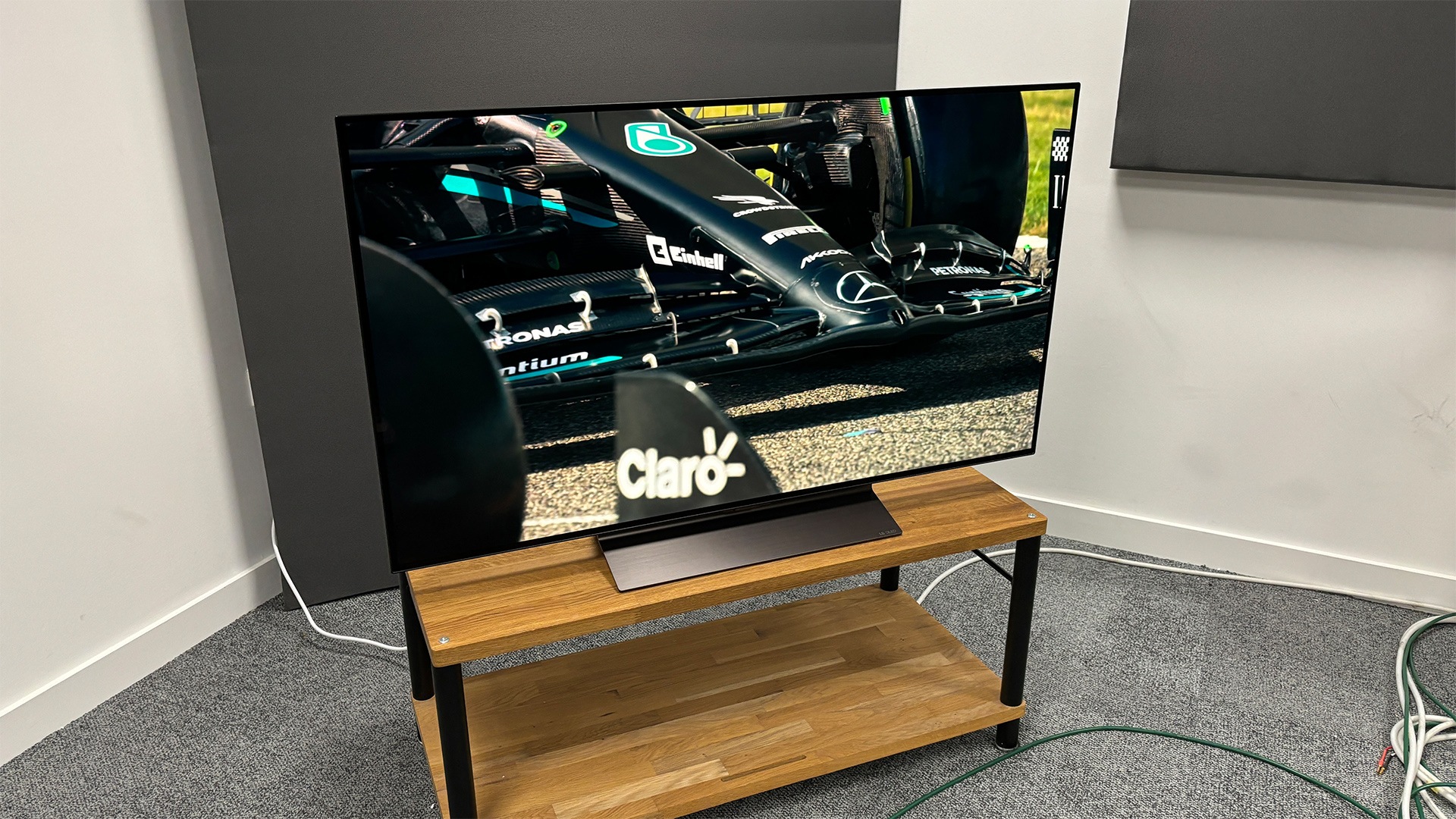
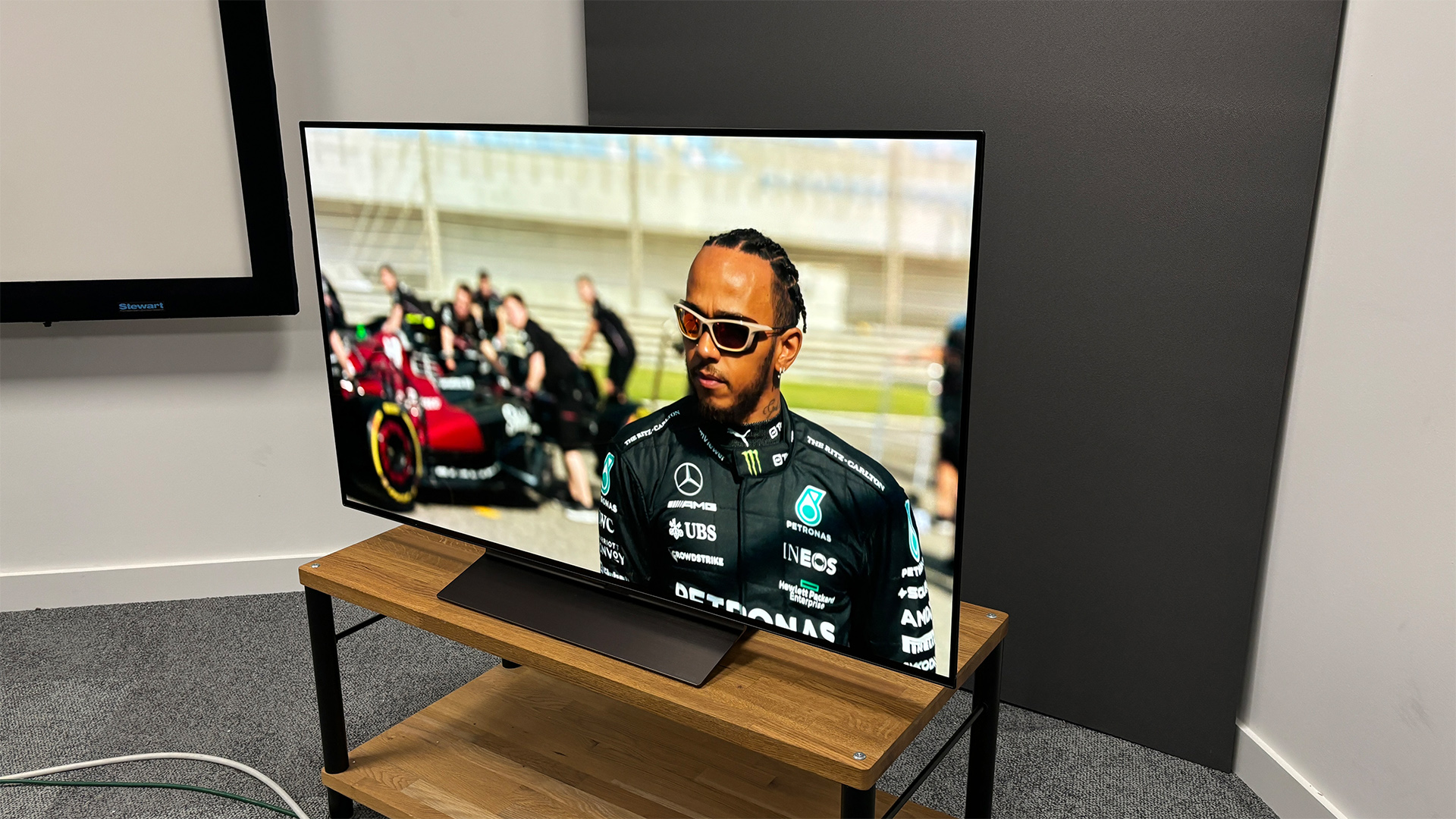
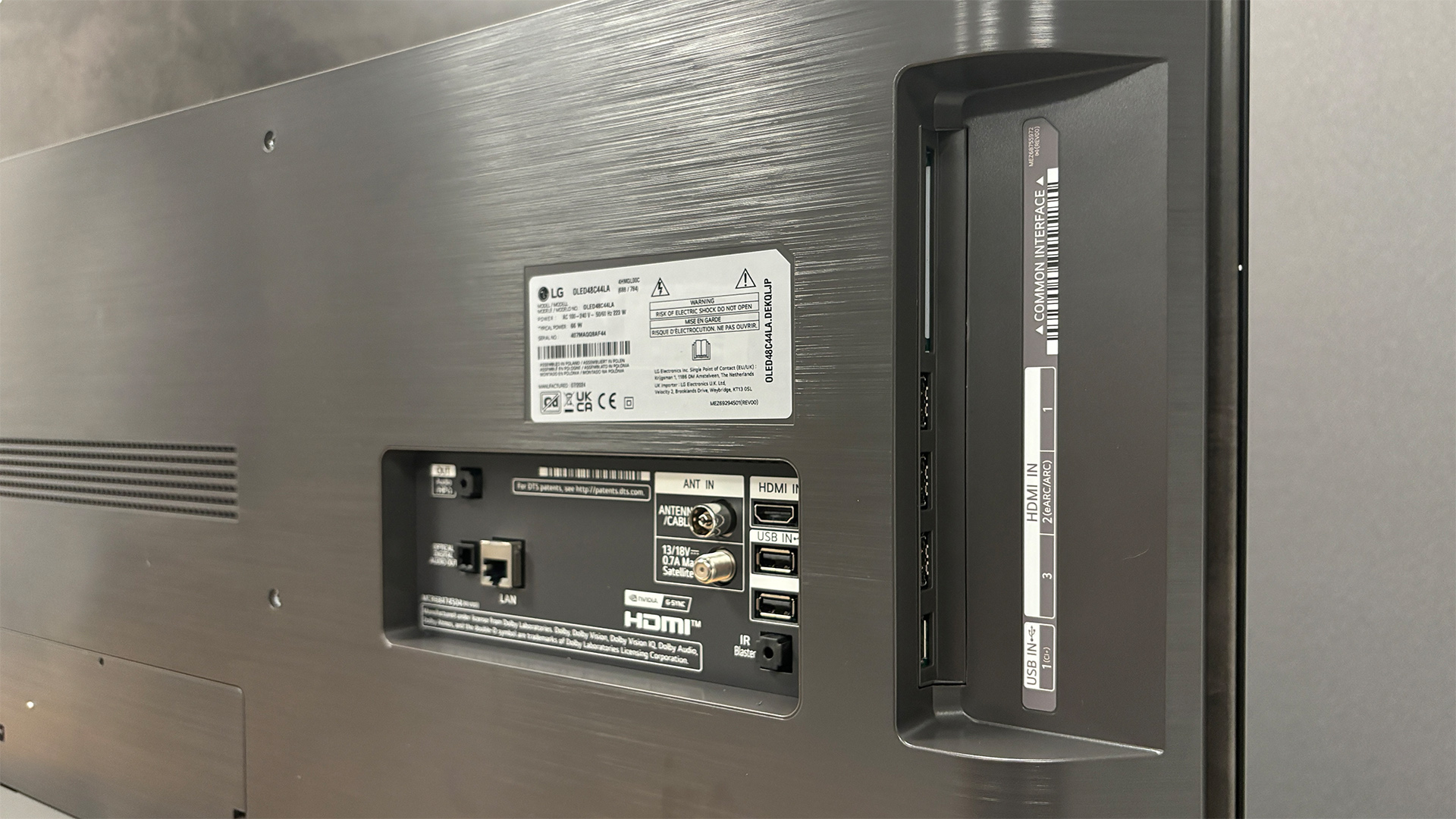
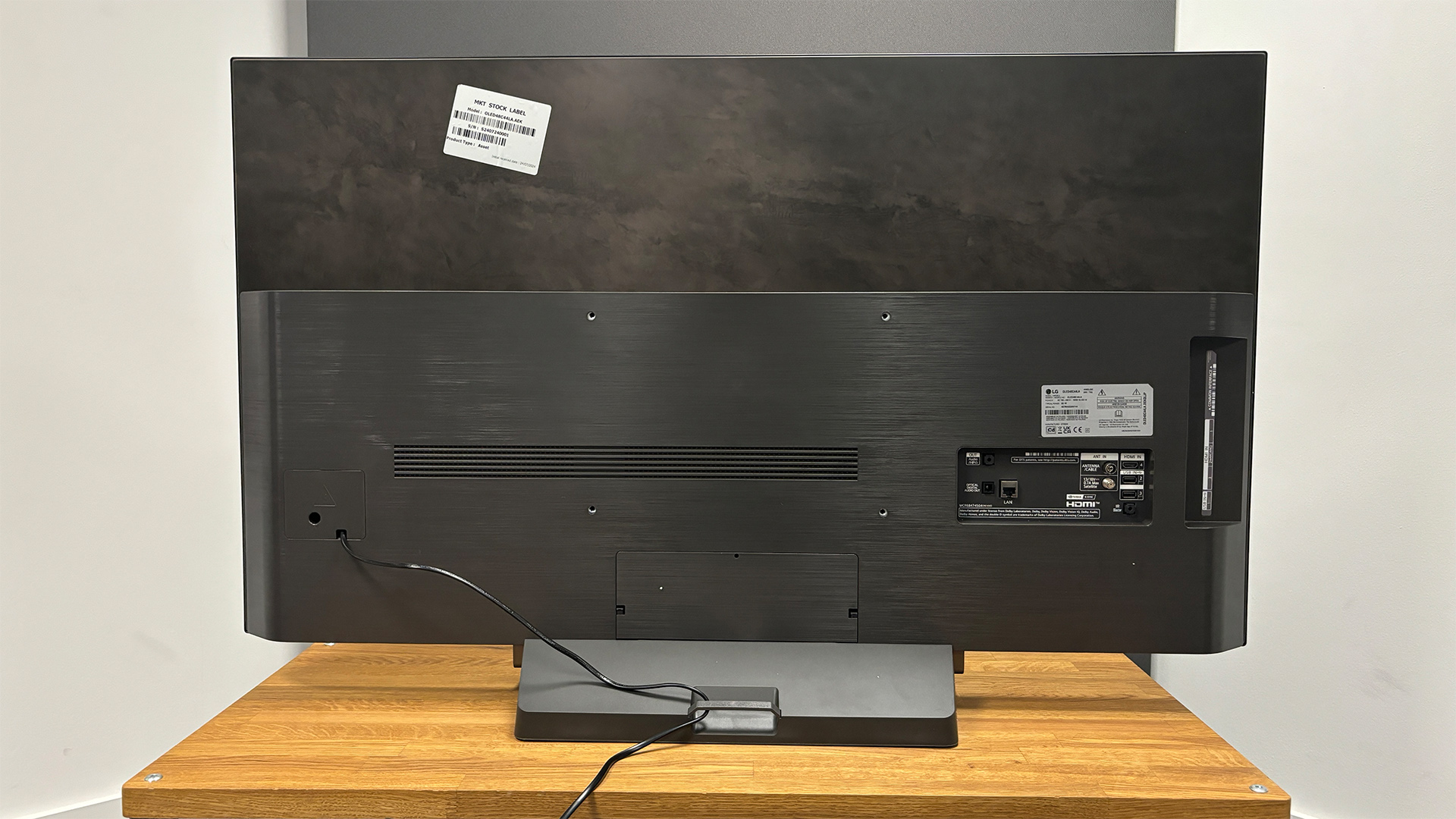
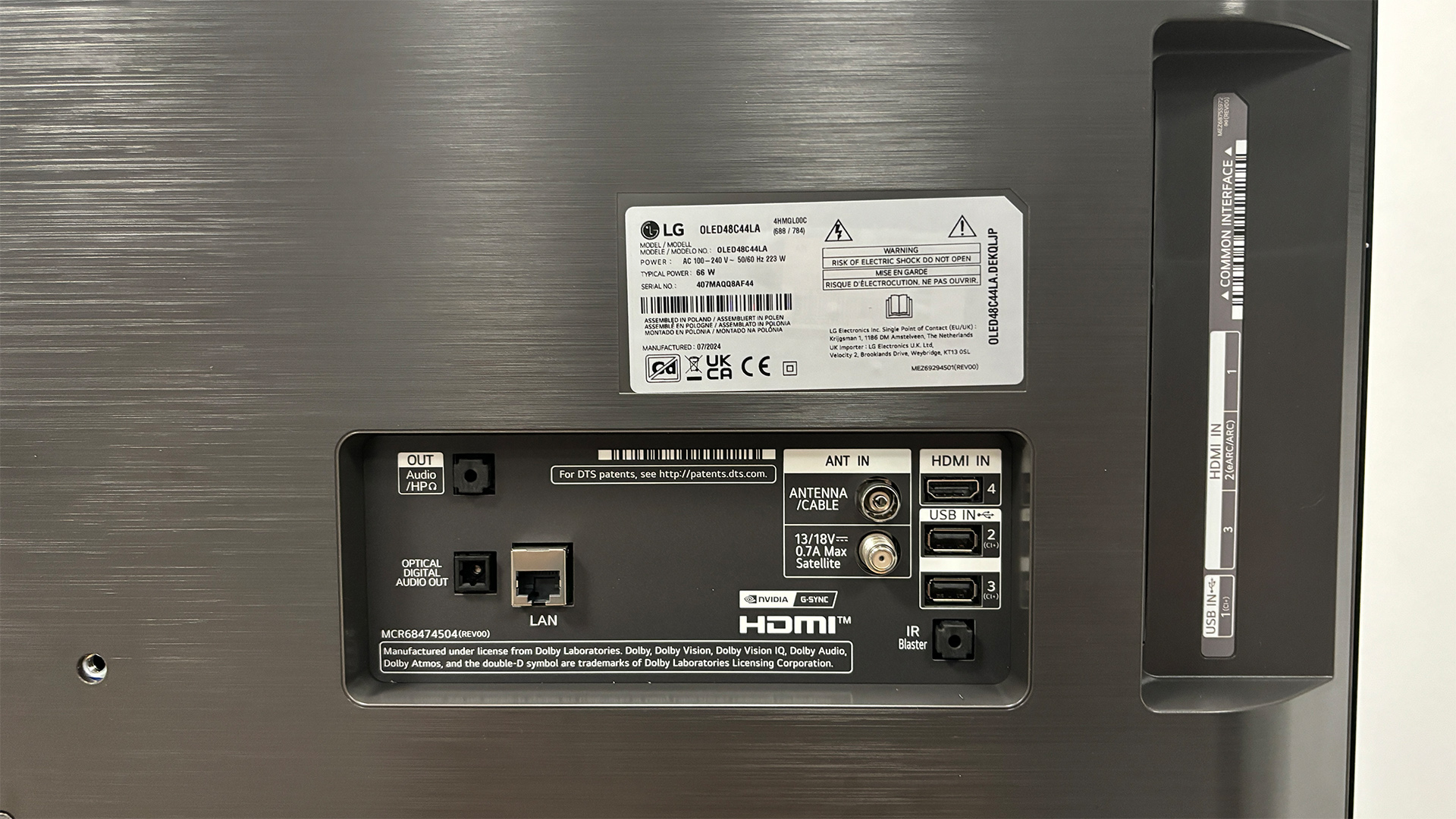
Specifications
Reasons to buy
Reasons to avoid
We have tested the LG C5 and, while we noticed a number of subtle but important upgrades over the outgoing C4, its higher up-front cost means the C4 remains our recommended affordable OLED.
While it targets the same space as the Bravia 8 we list as the best “overall” option, the C4 is our recommended "cheap" set as it is available in smaller, considerably less expensive sizes. You can pick it up in 48- and 42-inch options, which retail for well under a grand at the moment – making them an absolute steal.
Despite being superseded by the newer model, the C4 is still an incredibly competent performer that will delight serious movie fans, sports fanatics and gamers in equal measure.
And you no longer need to pay full price for one, of course. For your money you will get a truly impressive all-rounder that ticks all the boxes for most prospective buyers. Our five-star review of the 48-inch version declares it “a formidable step up” over its predecessor in terms of picture quality, with a rich and engaging picture that delivers punchy colours and well-handled motion.
The webOS interface is generally intuitive, if a little ad-heavy, and no matter which size you opt for you get four high-bandwidth HDMI 2.1 ports that support the full gamut of gaming features: VRR, ALLM, HGiG, and 4K at up to 144Hz.
There are some differences between the sizes to be aware of though. Colours on the 42-inch version aren’t as rich as the larger models, and its different stand configuration means there is only limited space for a soundbar without blocking the bottom of the screen. And a soundbar is pretty much essential due to the lacklustre performance of the speakers on all of the smaller sizes. The larger sets perform better with sound, but a separate sound system will make a real difference to your overall enjoyment.
We’ve been fans of LG’s C-series for a long time now – and at these kinds of prices that’s not going to change any time soon.
Attributes | Notes | Rating |
|---|---|---|
Picture | Authentic, balanced picture quality | ★★★★★ |
Sound | Dull sound | ★★★☆☆ |
Features | Excellent OS and gaming features | ★★★★★ |
Best premium
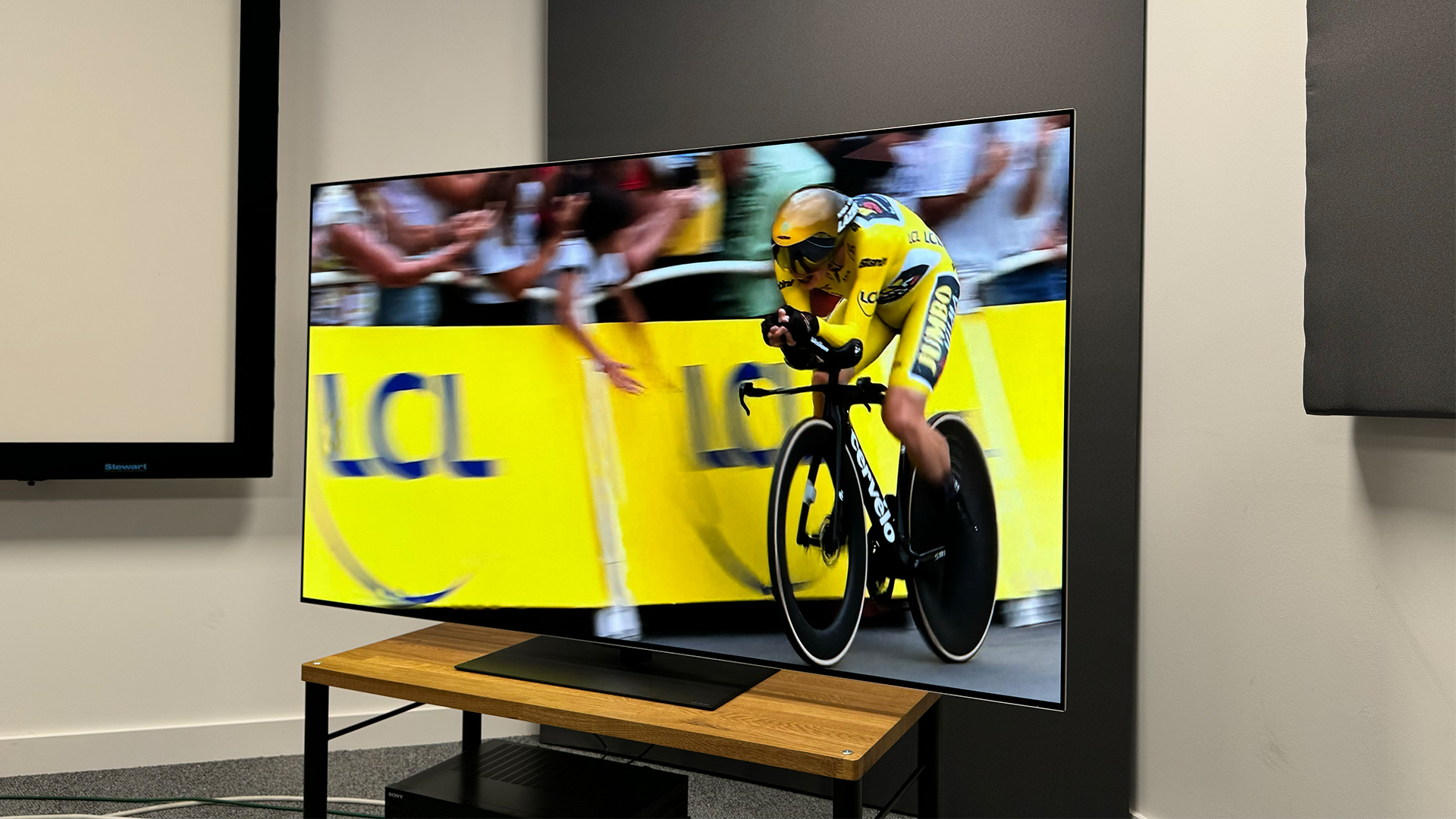
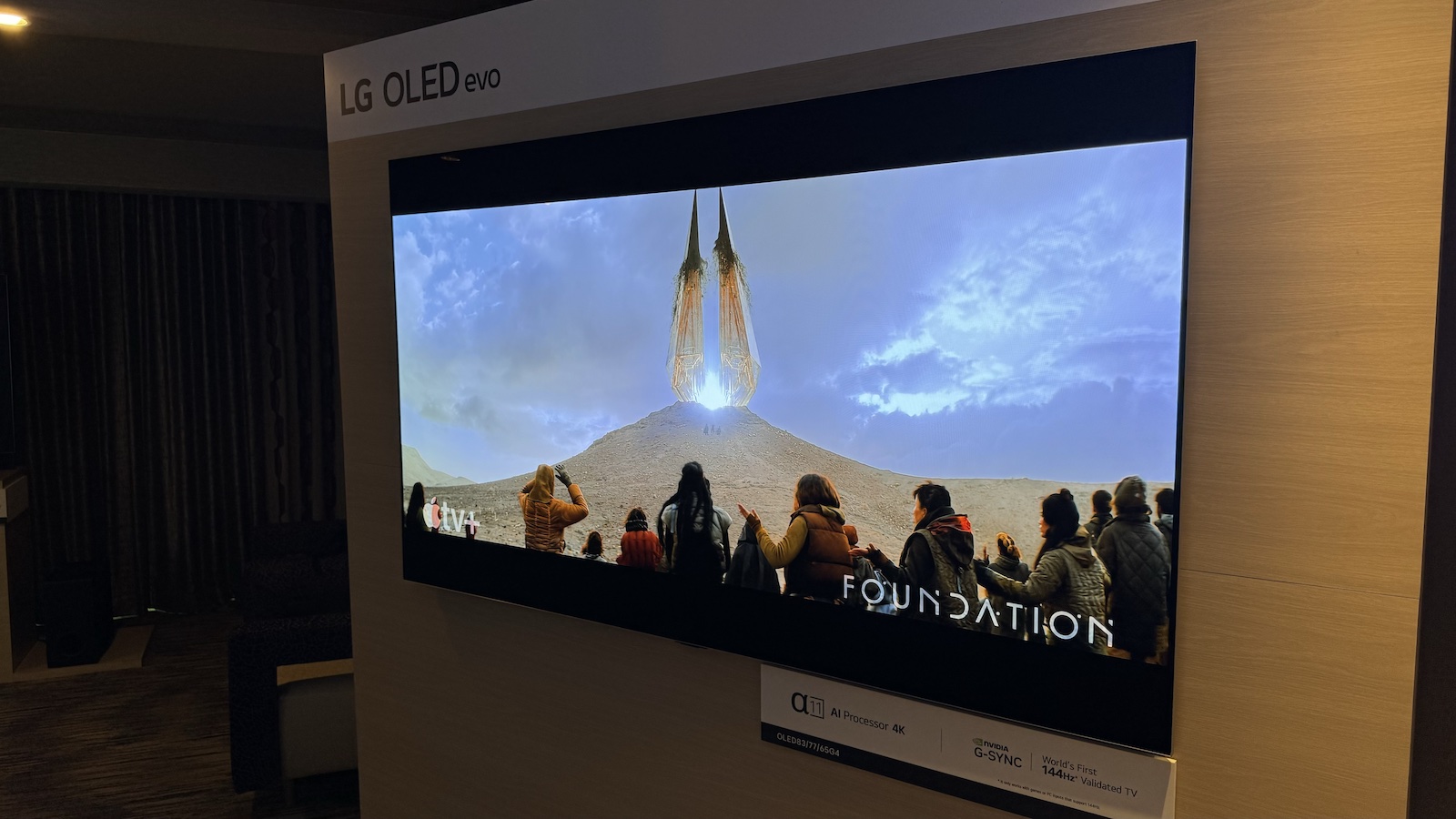
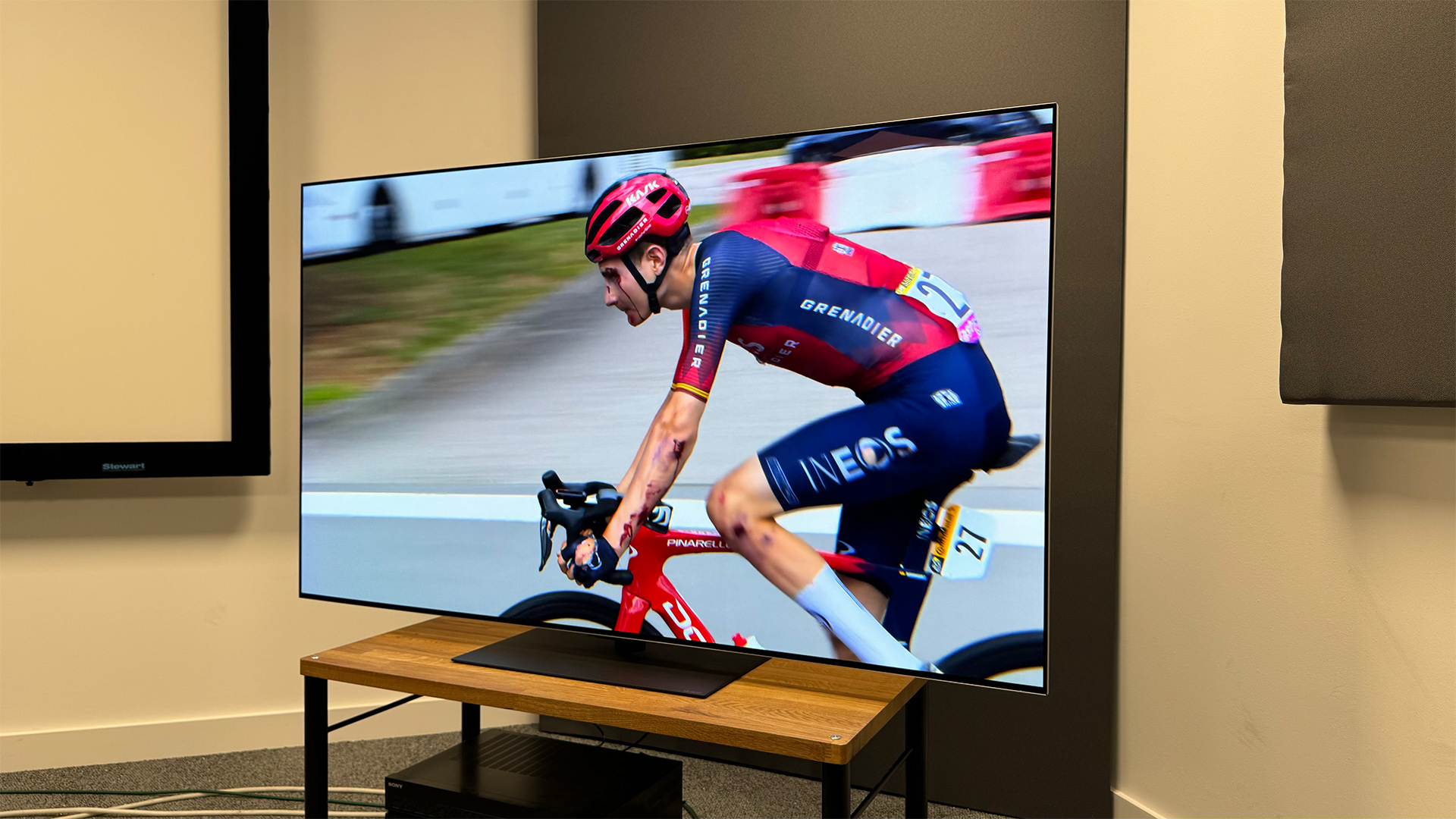
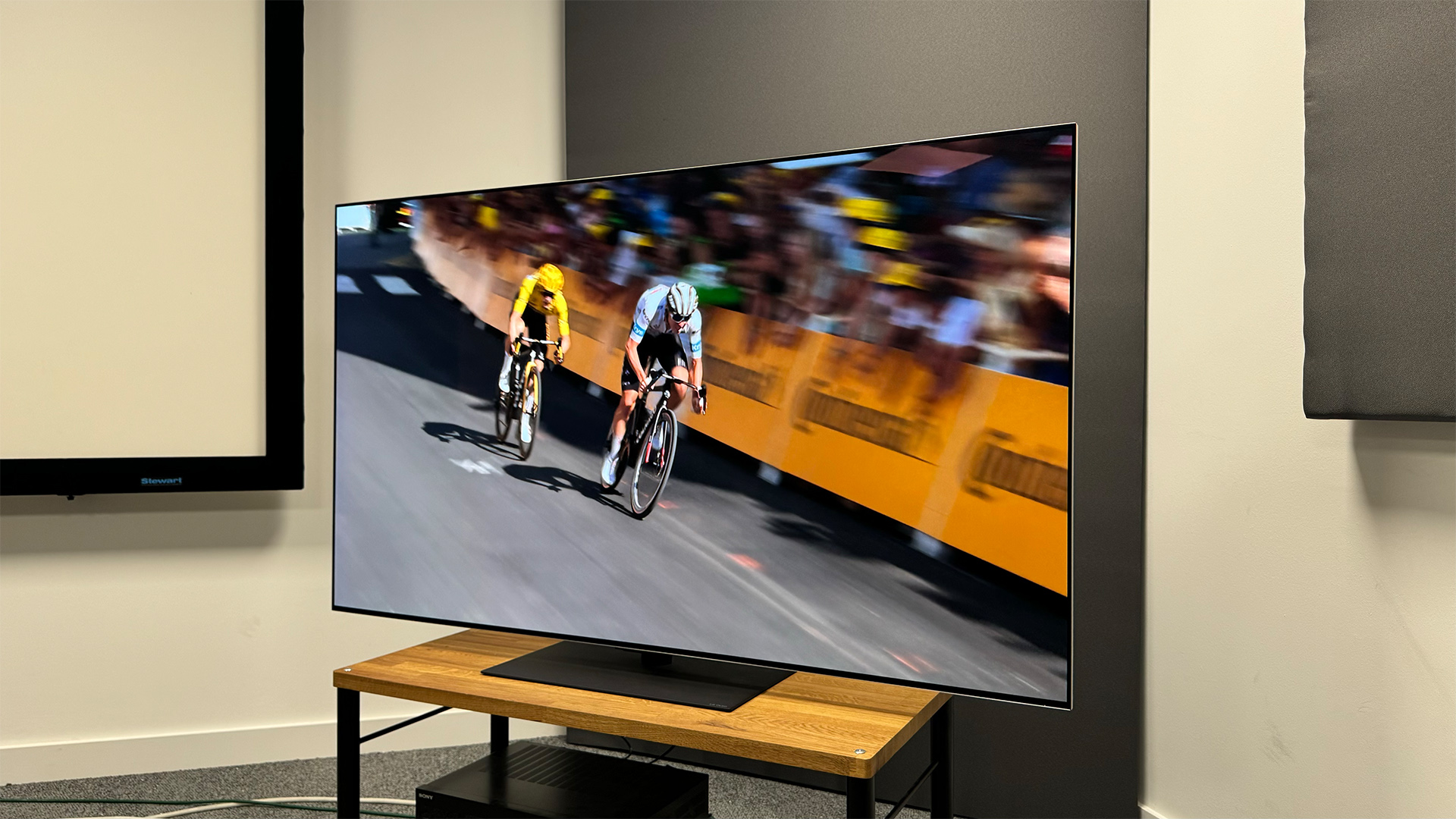
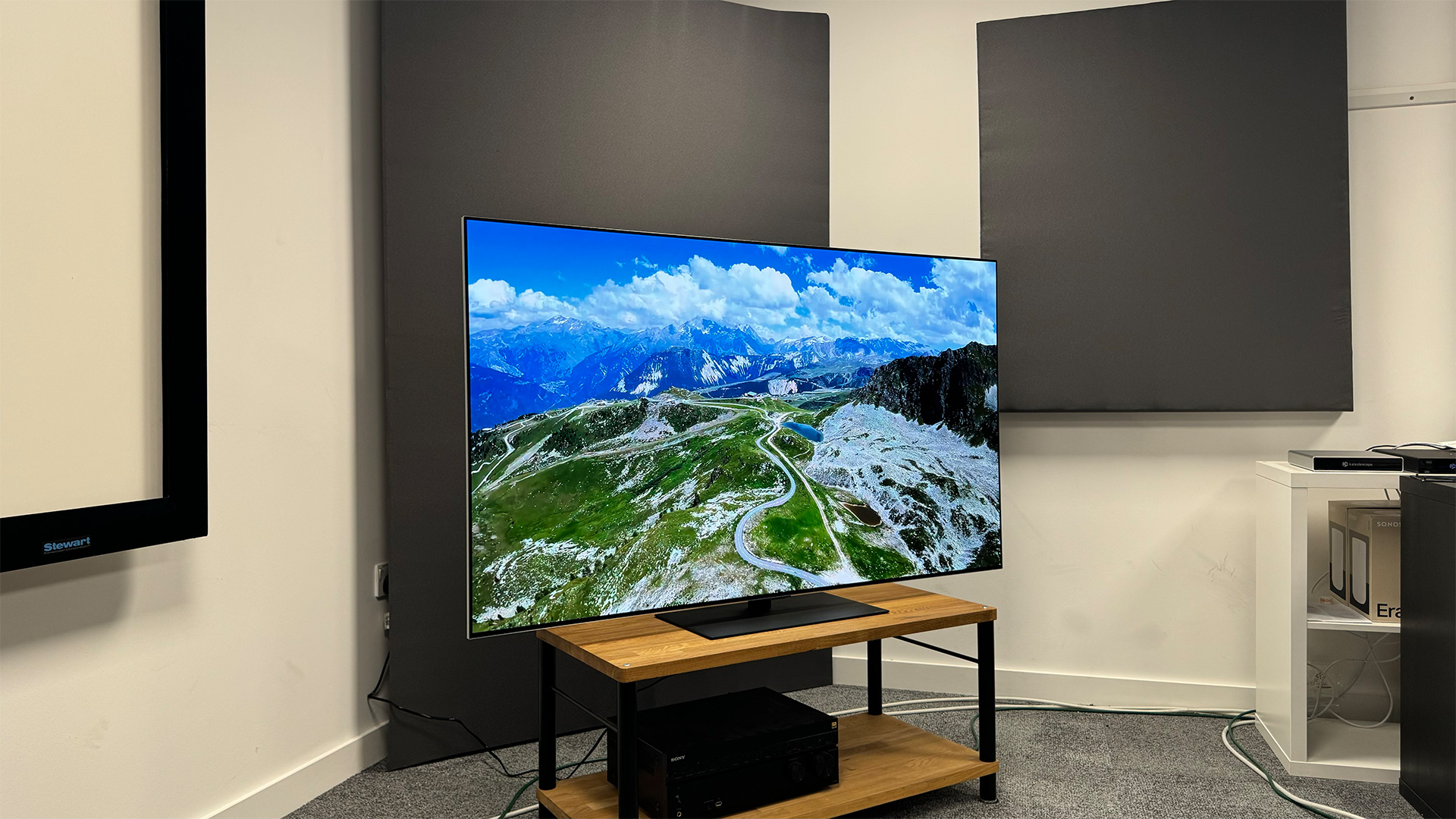
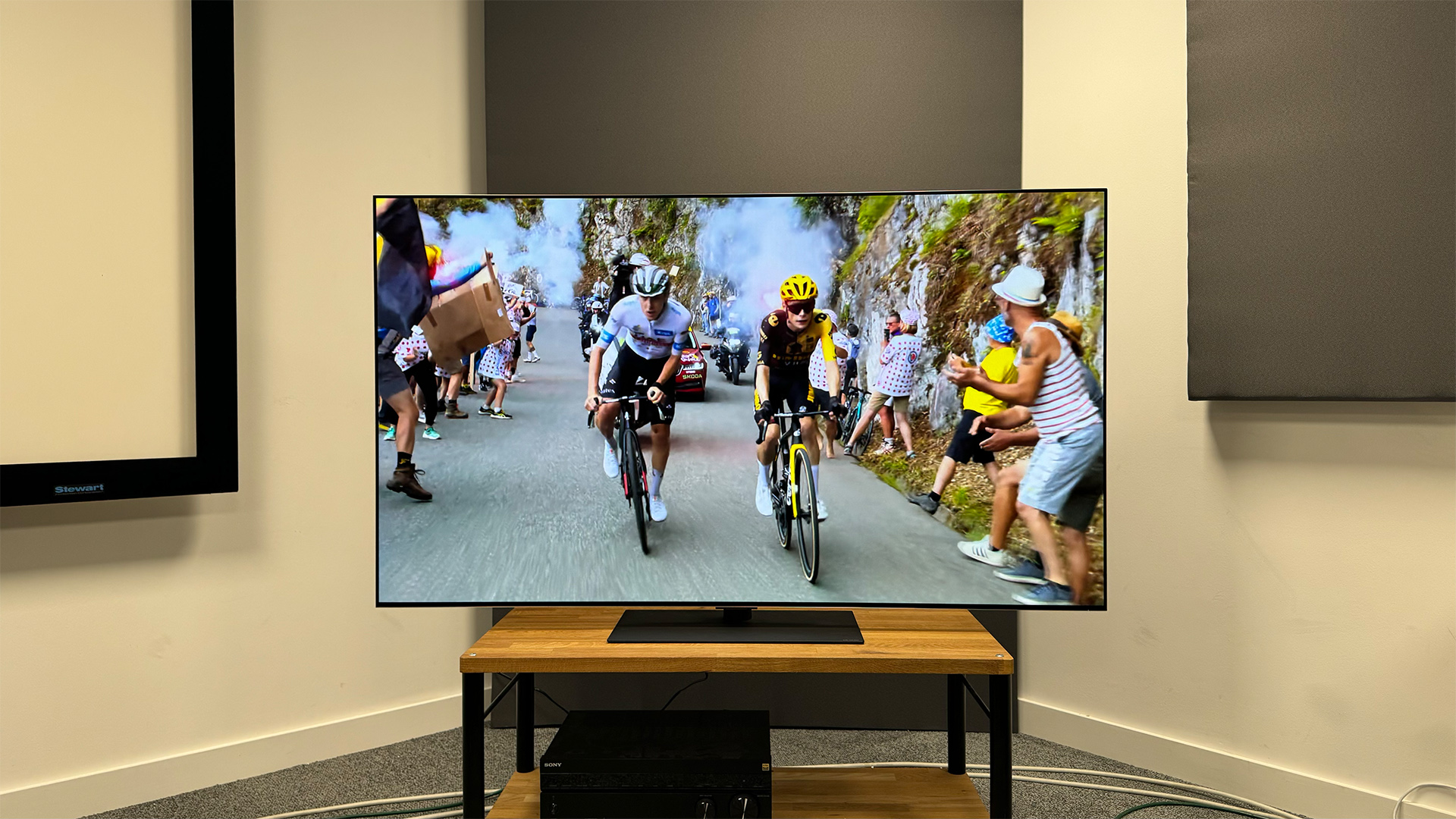
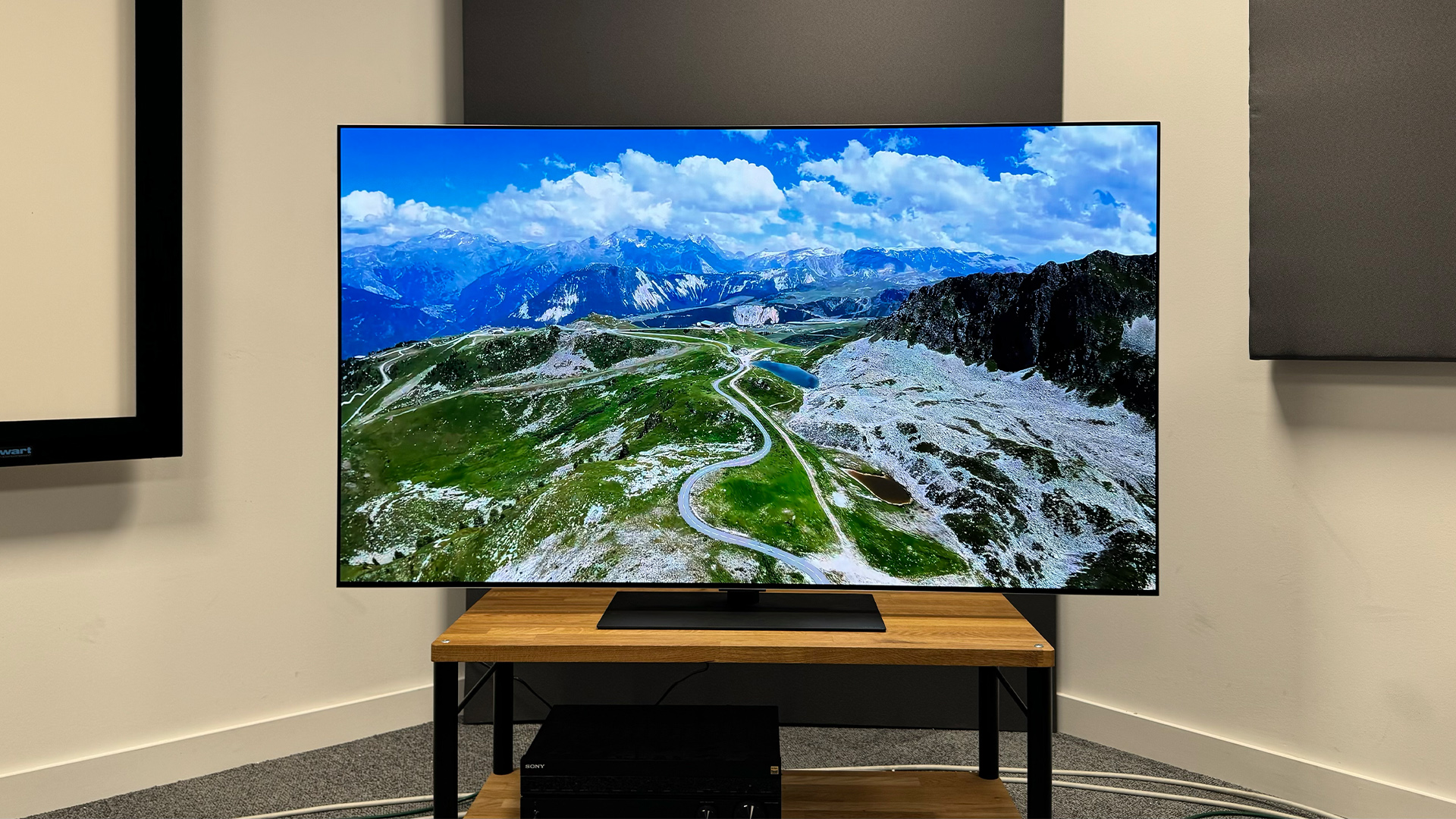
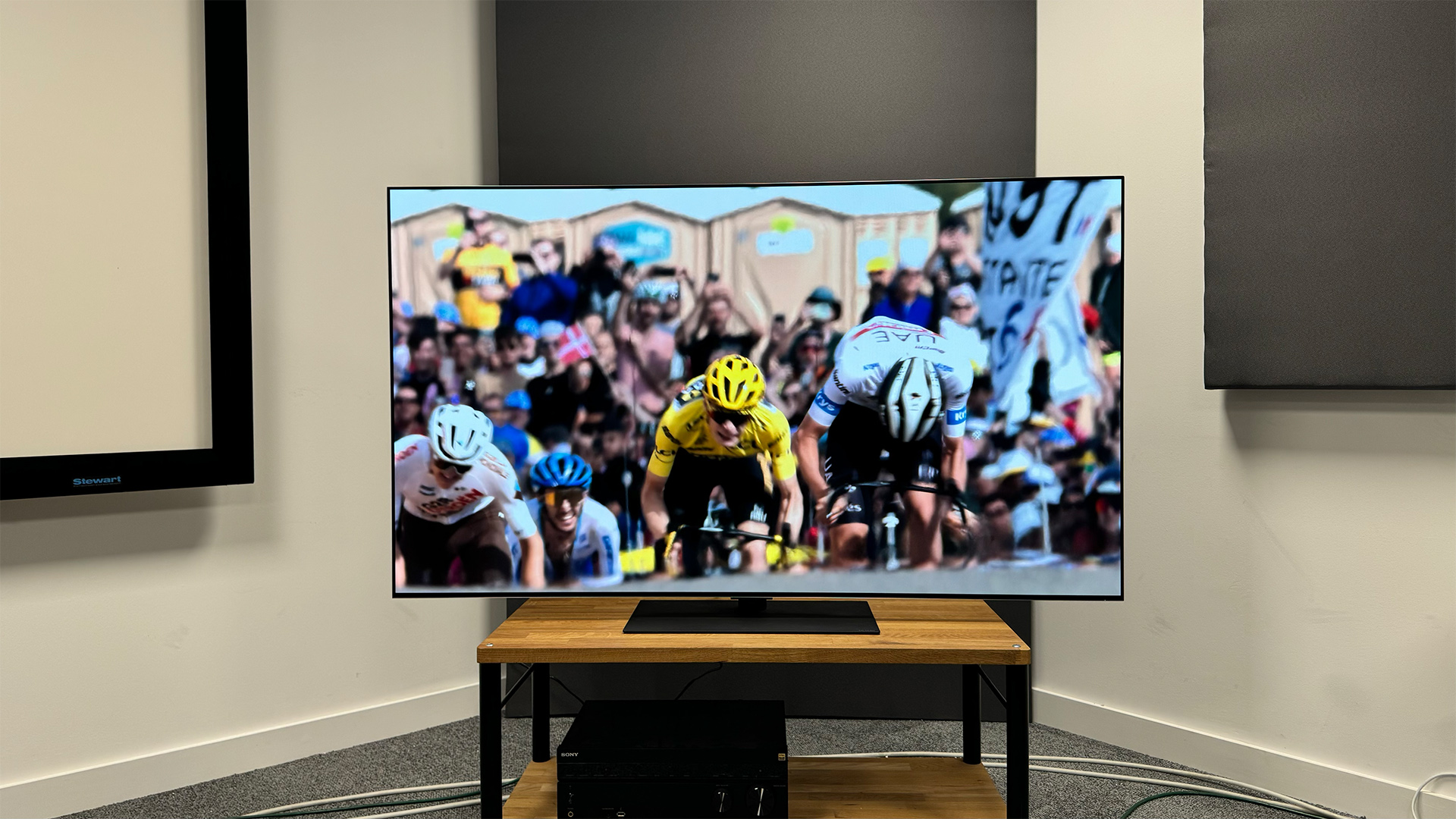
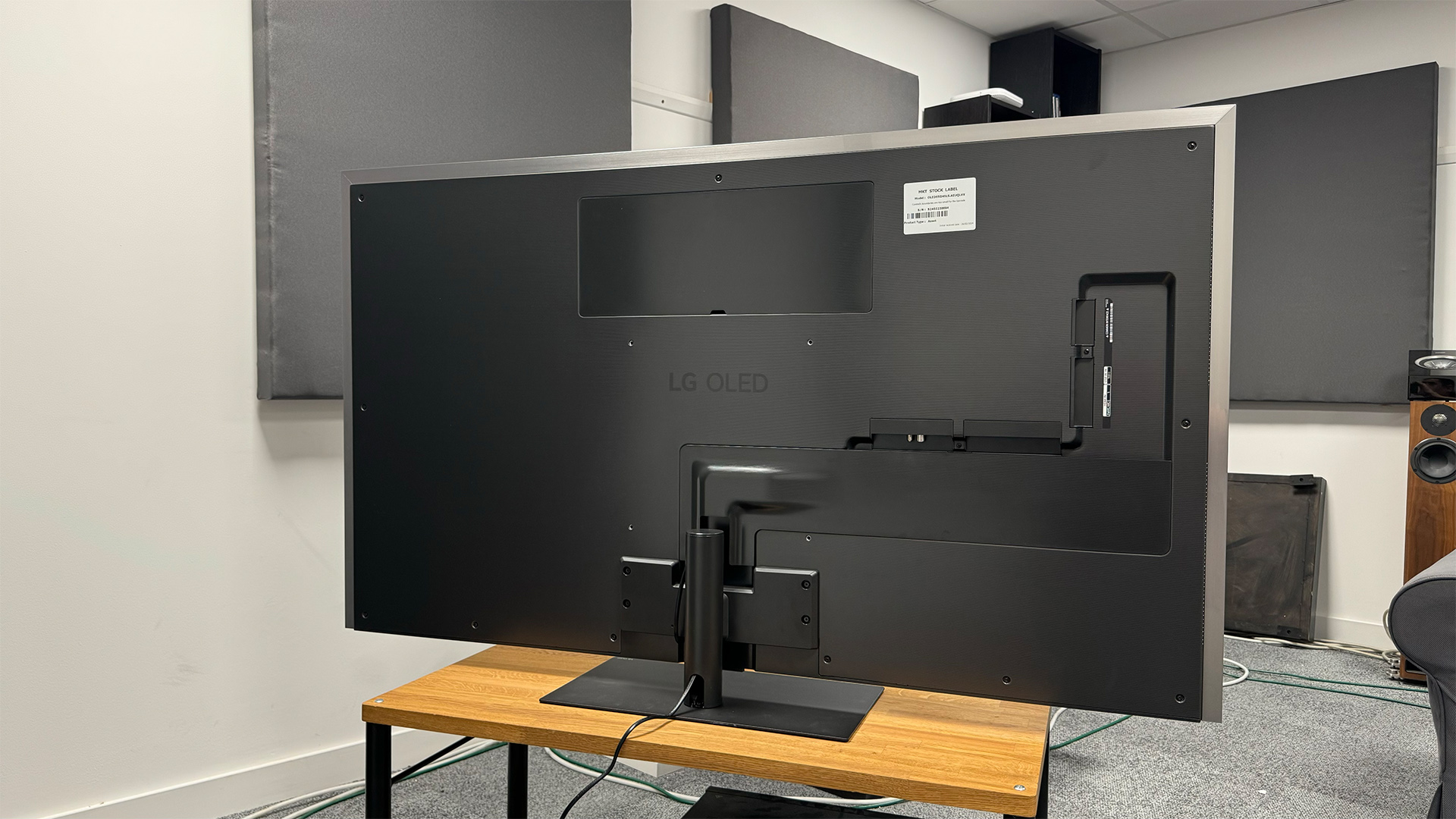
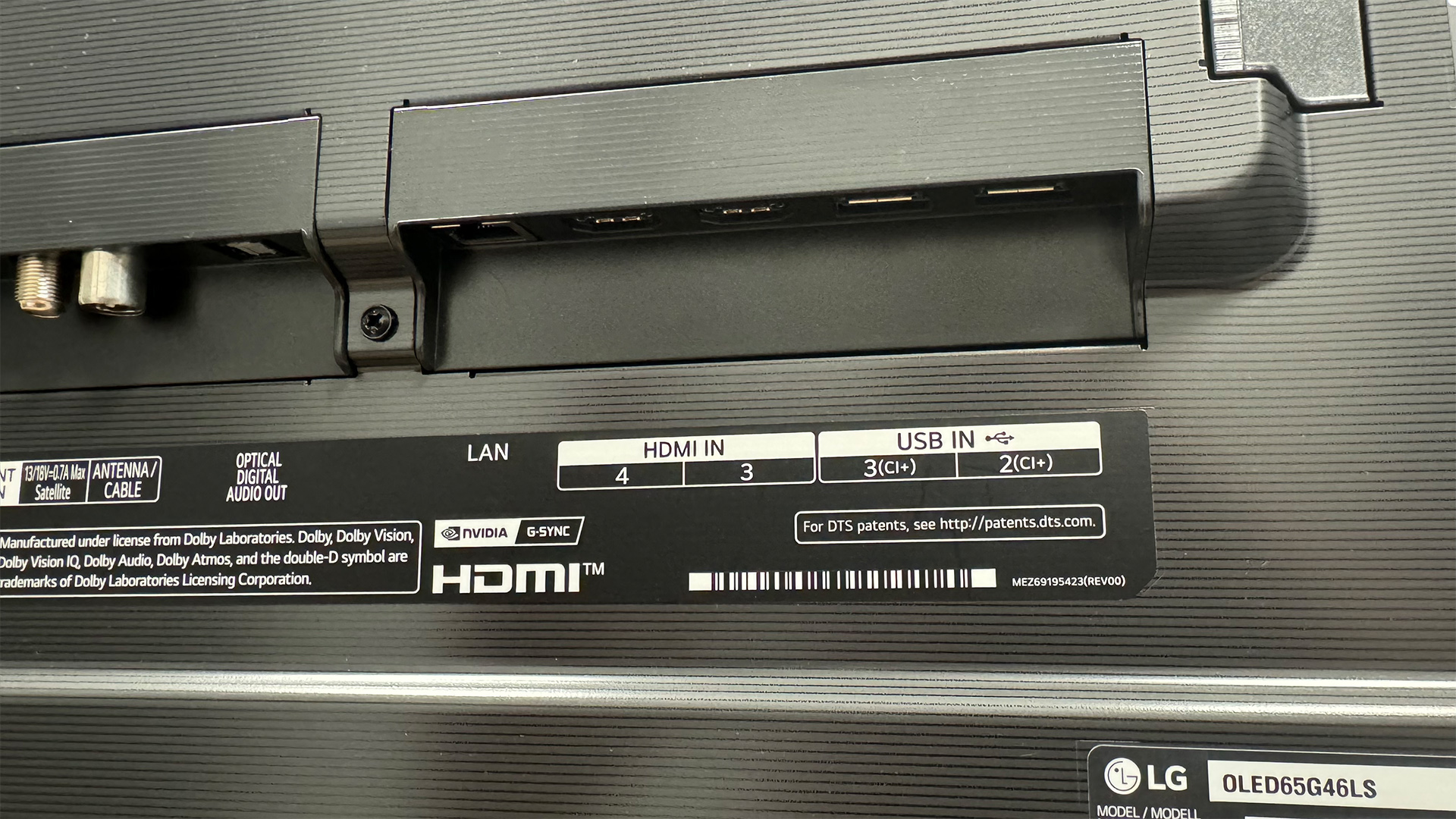
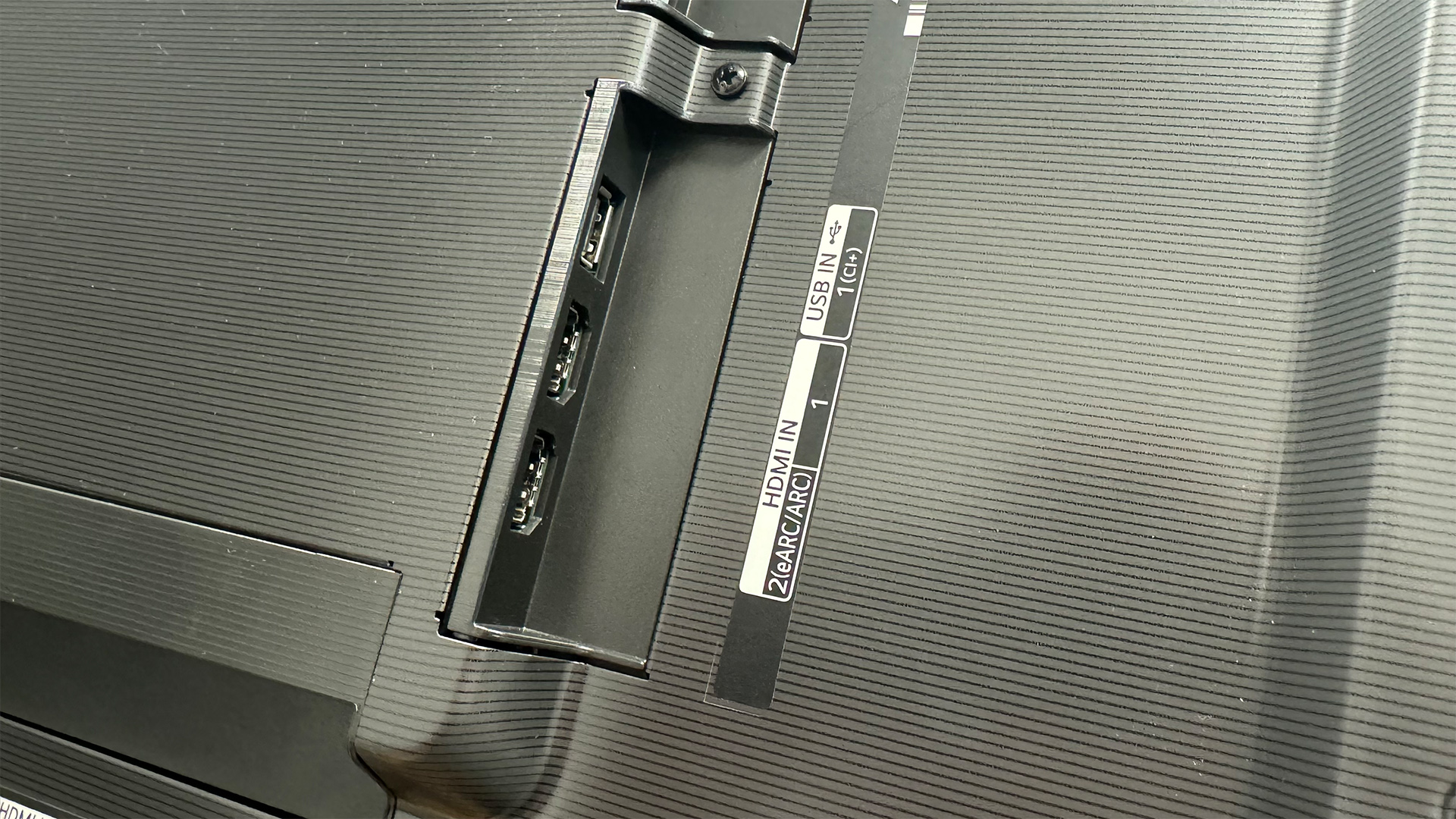
Specifications
Reasons to buy
Reasons to avoid
Officially the G4’s time as LG’s flagship premium OLED has come to an end, with the newer LG G5 having taken its place. Still, the G4 remains the premium OLED TV we recommend to most people – for a few reasons.
First because it’s significantly cheaper. Since the newer model went on sale, prices for every model of the G4 have gone down a lot.
Second, because, despite generally proving to be a solid upgrade on its predecessor when we tested it, the G5 currently suffers from a bug that makes streamed Dolby Vision content near unwatchable.
The short version is that it suffers from noise and pixellation during mixed light and dark scenes.
LG has confirmed a fix is incoming for the G5, but for now, from a performance-per-pound perspective we recommend the older model to most premium OLED shoppers as a result.
Third and finally, because the G4 remains an amazing performer that competes with the best of the best based on our comparative testing.
It’s the only set on this list to feature Micro Lens Array (MLA) hardware. Why is that a big deal? Because MLA is a key technology that lets the G4 offer radically higher peak and maximum brightness levels than past OLED sets.
The second generation MLA panel on the G4 can deliver 3000 nits maximum brightness. That’s a huge 1000-nit increase on what its predecessor, the LG G3 could offer with its first-generation MLA screen.
And that’s not the only big upgrade the G4 offers. During our testing the LG G4 proved to be one of the biggest year-on-year improvements we have seen with a TV in quite some time. MLA, combined with the use of a new Alpha 11 chip, helped it deliver radically improved picture-processing and led to great results across all our tests.
There’s a wonderful heft to characters’ movement during the fight in Blade Runner 2049, which we often use to test a TV’s motion handling.
Our reviewers then couldn’t help but be impressed by the sheer volume of shadow detail on show when we ran the atypically dark The Batman, where it also retained its colour accuracy and was blissfully free of the brown tinge we experienced on its predecessor.
Finally, there are the dazzling peaks we saw running our Pan peak brightness stress test – forgive our movie choice: it's terrible but useful, thanks to its unusual 4000-nits mastering.
For gamers, the inclusion of four, rather than the standard two, HDMI 2.1 inputs is also a blessing that will save those people with multiple current-generation games consoles and a Dolby Atmos soundbar a lot of cable swapping.
This is why it is the first TV for close to a year to dethrone the older Sony A95 QD-OLED as the best premium OLED to buy right now. Our only minor quibble is that its inbuilt speakers aren’t great; but at this price you should be investing in a solid Dolby Atmos soundbar or speaker system to go with your new TV anyway.
Read our LG G4 review
Attributes | Notes | Rating |
|---|---|---|
Picture | The best LG's delivered to date | ★★★★★ |
Sound | Thin and flat even by TV standards | ★★★☆☆ |
Features | The best you'l get for app support and gaming | ★★★★★ |
Best new

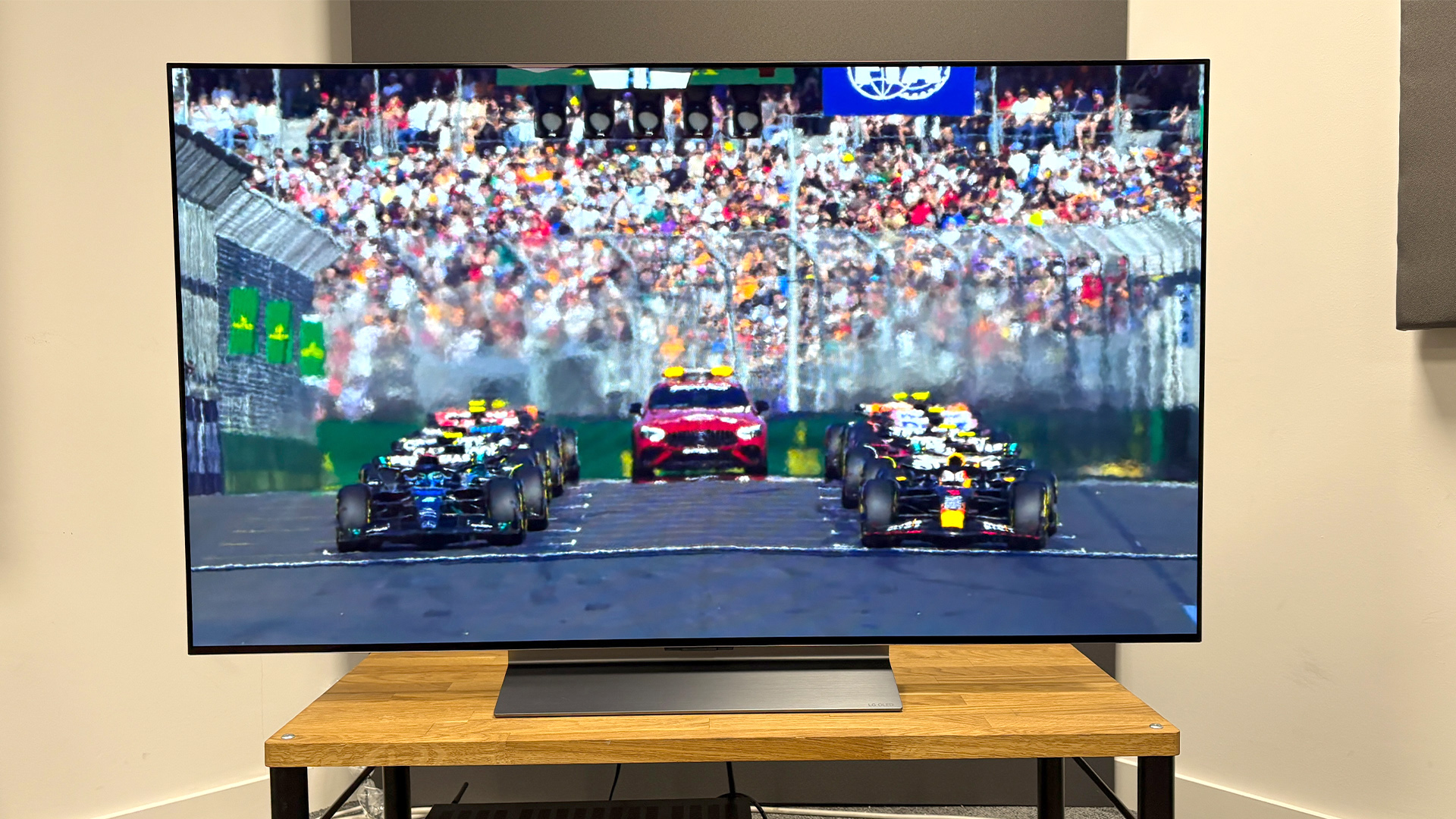
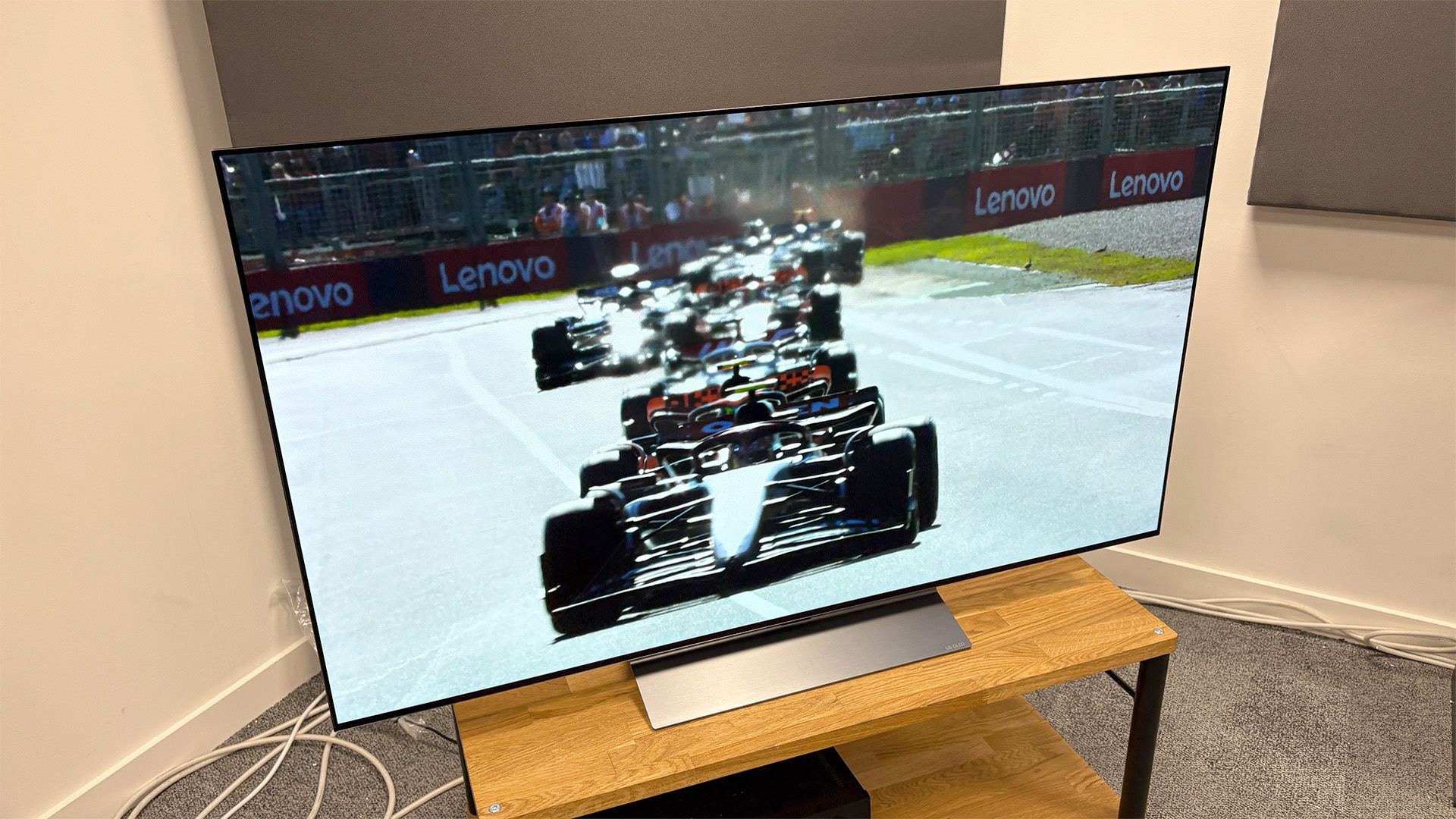
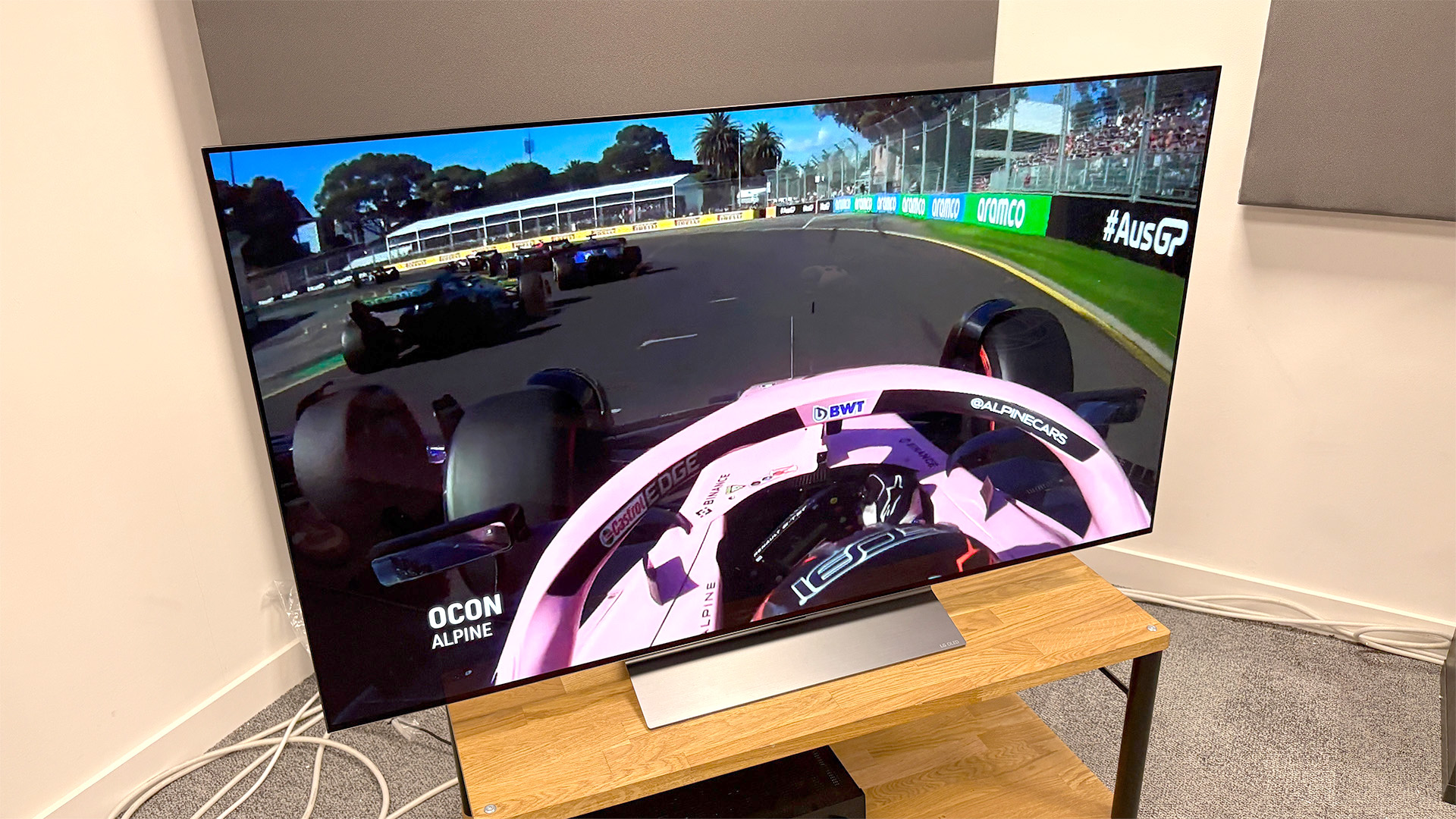
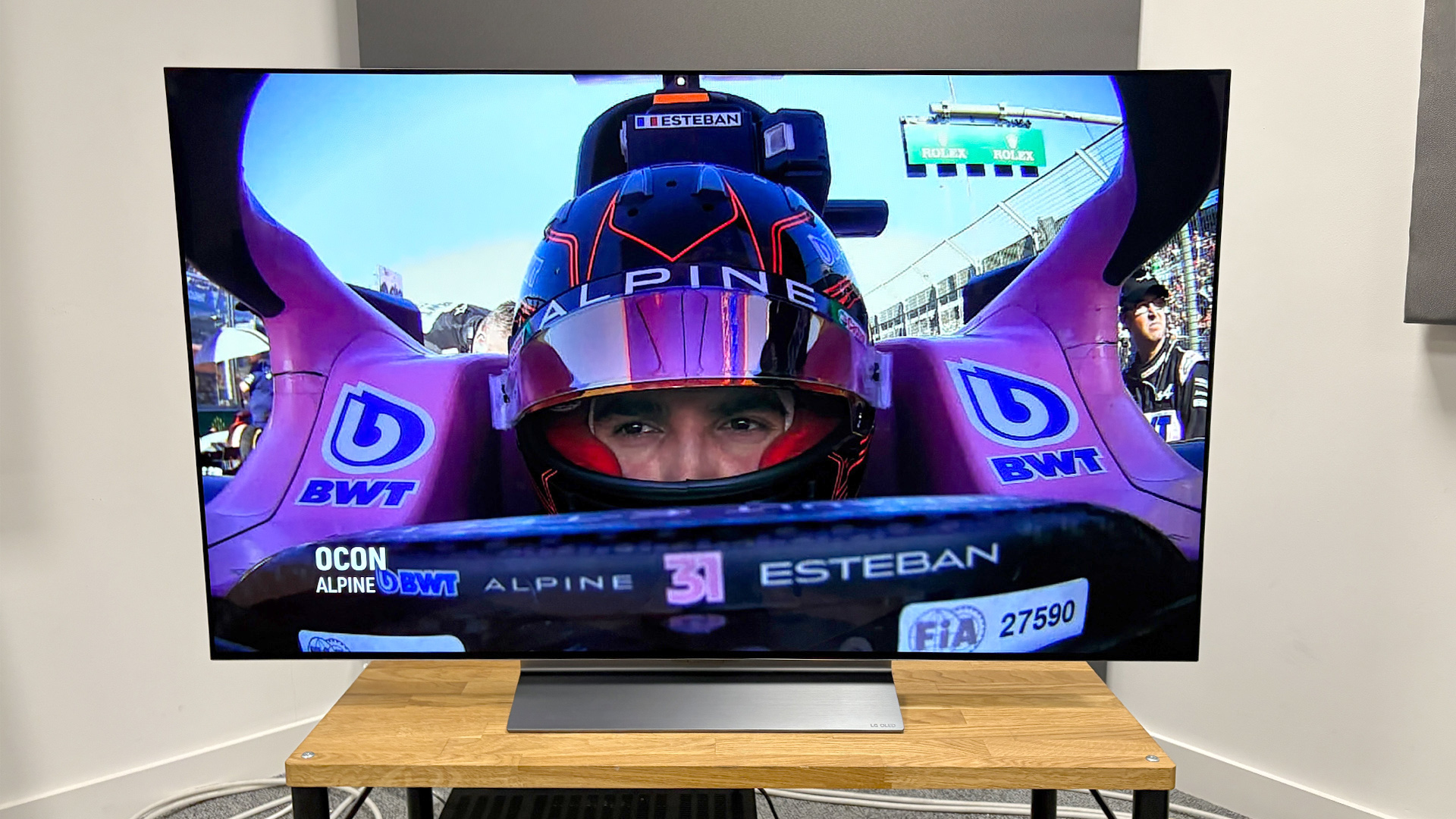
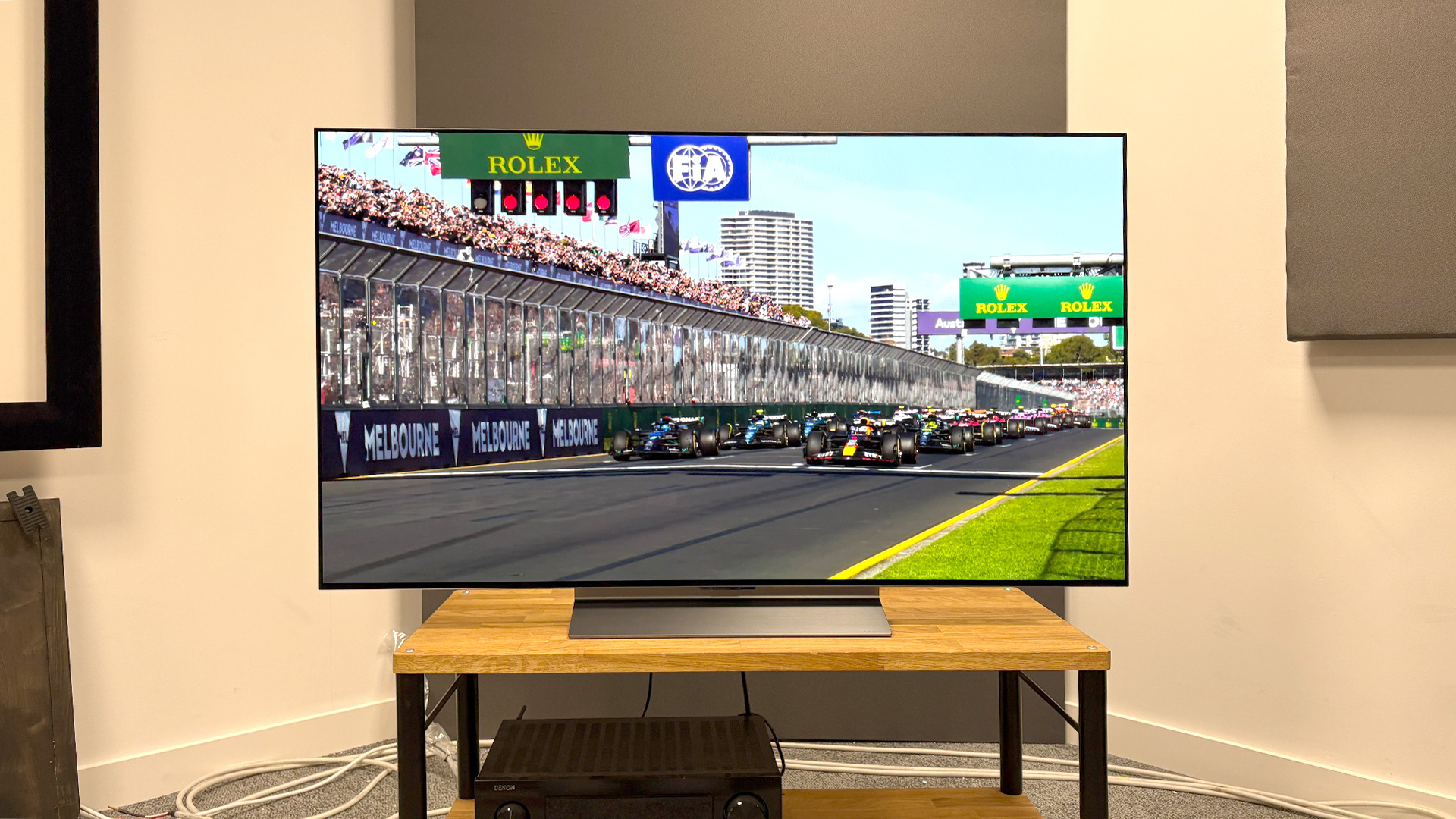

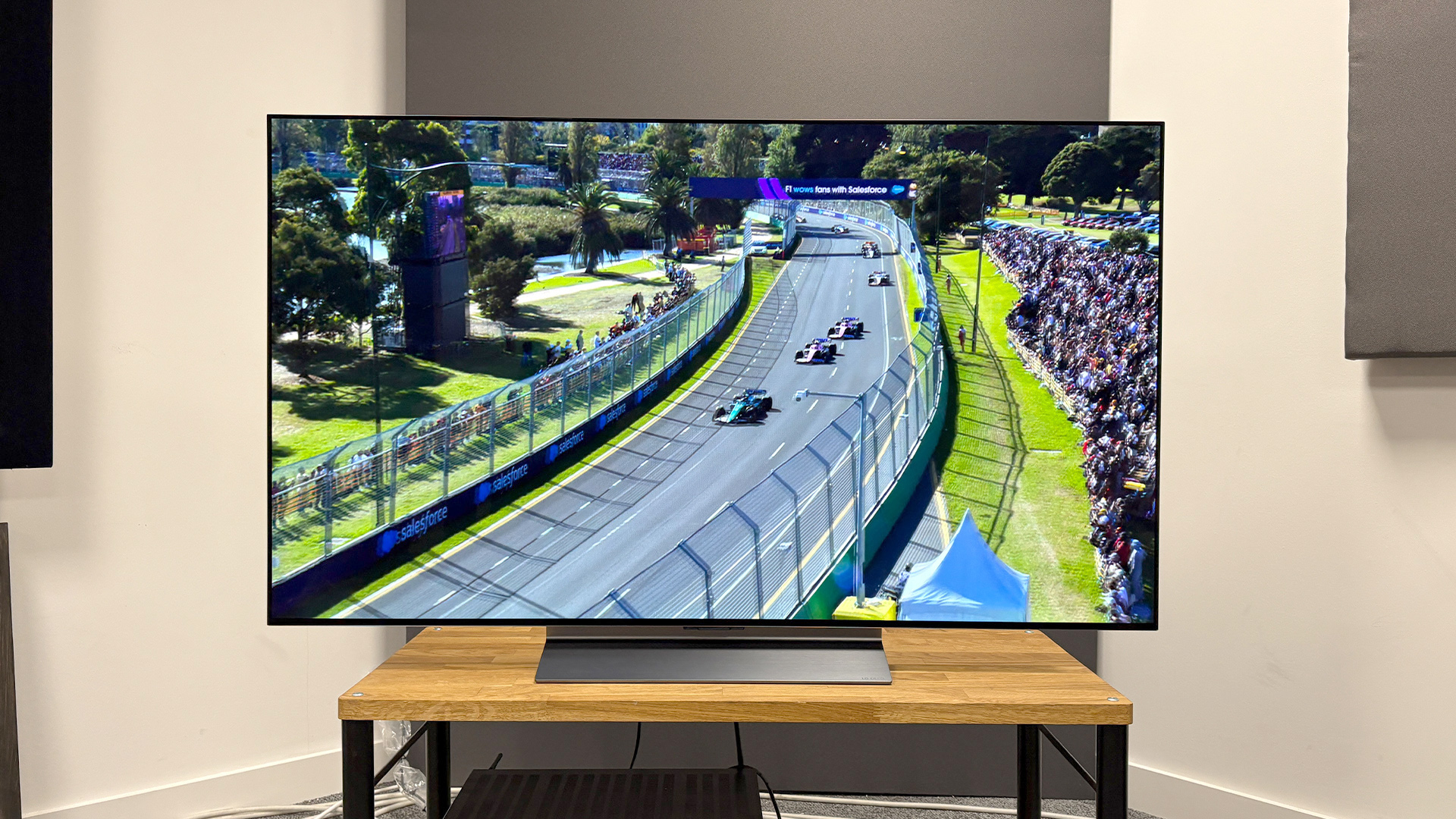
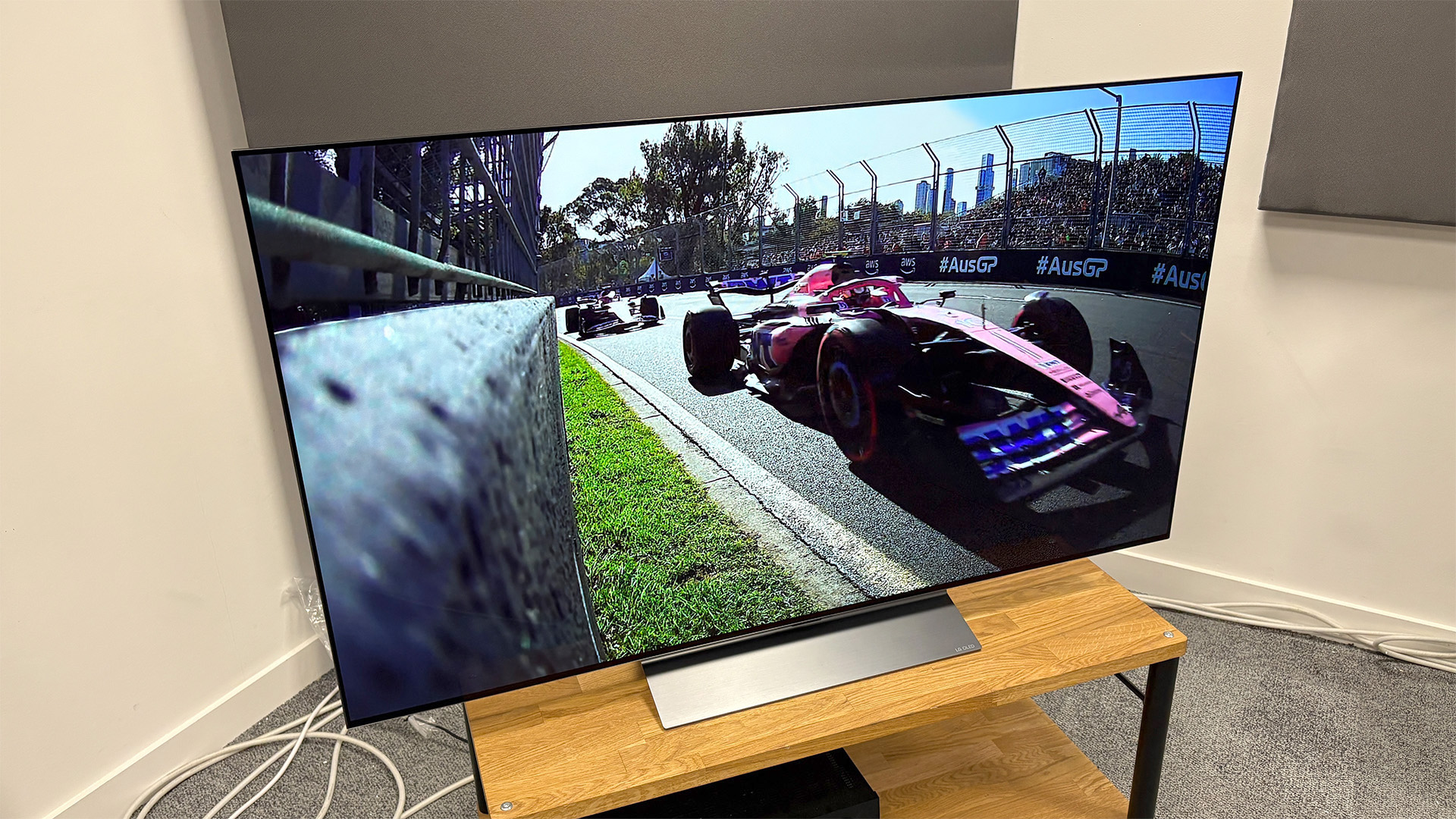
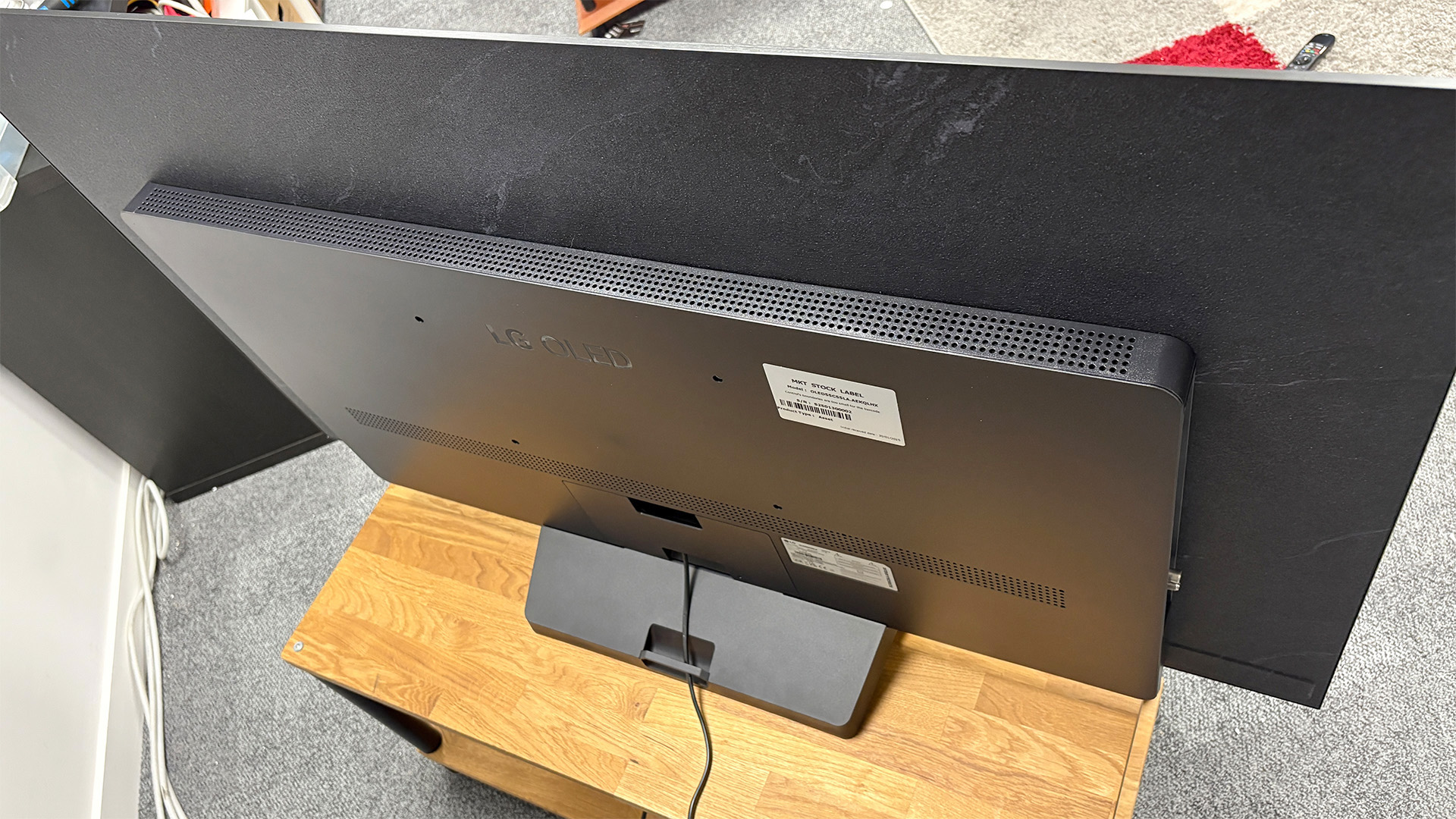
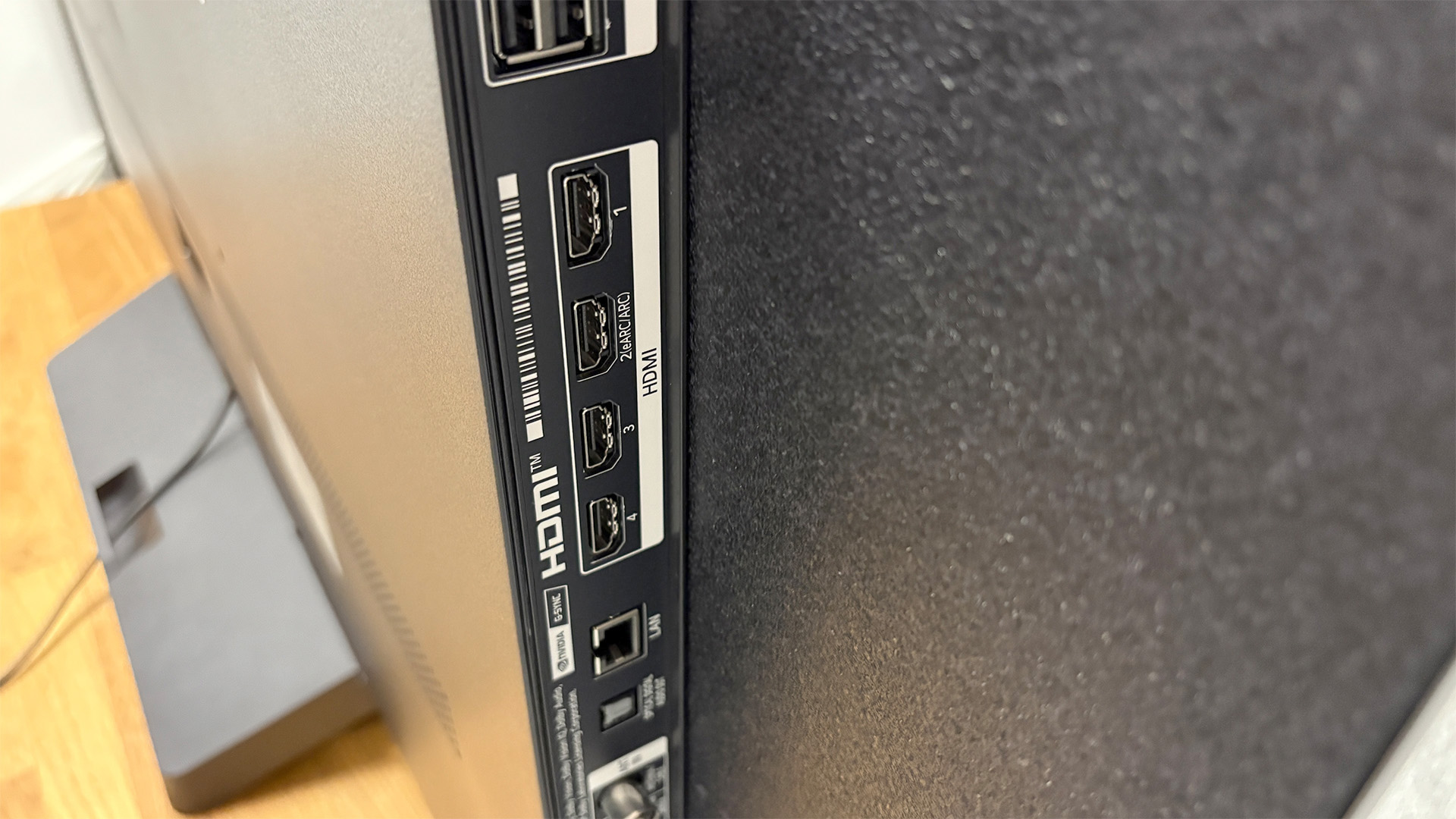
Specifications
Reasons to buy
Reasons to avoid
If you are one of those people who always insists on having the latest model, the LG C5 is the best “new” OLED TV we have tested.
This is the first new step-down OLED we have tested this year, and a direct rival to key sets including the Bravia 8 at the top of this list as well as the Samsung S90F and Panasonic Z90B – which we had an early look at at press events earlier this year.
Recent price drops make the older LG C4 the set we recommend to most buyers from a value for money perspective. But, there’s no denying the C5 offers subtle, but important performance improvements on its predecessor.
Comparing the two in our test rooms, our reviewers found that the C5 offers higher peak brightness and much improved white detail.
More importantly it offers much better colour volume in dark scenes. This makes the image look more three dimensional and holistically more immersive.
As our reviewers said:
“Now that we know how much it costs, we have no trouble recommending the LG C5. It's probably the best TV for most people, as its exceptional picture quality and uncompromising feature set are certified crowd pleasers. It remains an excellent choice for gamers, too, and its Dolby Vision Filmmaker mode is a major bonus for film buffs.”
Add to this its solid app support and the inclusion of four full-speed HDMI 2.1 inputs, which is a boon for gamers who need the connection to run a current-generation games console or PC at full speed, and it becomes an easy recommendation.
The only downside is that the C5’s audio remains distinctly average and nowhere near powerful or detailed enough for anything but casual viewing. Movie fans will need to budget for a soundbar for the best home cinema experience, as a result.
Read our LG C5 review
Attributes | Notes | Rating |
|---|---|---|
Picture | An solid improvement on last year's model | ★★★★★ |
Sound | Middling audio means a soundbar is essential | ★★★☆☆ |
Features | Flawless HDR and gaming specifications | ★★★★★ |
Also consider
LG G5: if you are willing to pay more and pull the trigger before the promised fix for a Dolby Vision streaming bug, then the LG G5 is a fantastic OLED TV. Featuring a fourth-generation OLED panel, it’s one of the brightest OLEDs we have tested.
Panasonic Z95A: a direct rival to the LG G4 above, Panasonic's Z95A uses the same brightness-boosting MLA screen technology, but the picture is more subdued, which some people might prefer. It also comes with a built-in soundbar, but the improvement in audio performance isn't enough to justify the higher price you have to pay as a result.
What we look for in an OLED TV
Value for money: Even though OLED TVs are by nature a luxury item, whenever we review any product we put performance-per-pound (or dollar if you’re in the US) first. This is a key metric we use to determine if something is good value for money – which is why if an OLED costs thousands more than a direct rival we expect it to perform significantly better.
That said, we still base our recommendations on performance and expect every set to achieve a baseline. To decide what this is we always see how they perform directly against rivals and step up or down models in our dedicated viewing rooms.
Picture quality: This is a primary point we look at when reviewing any OLED set. Key factors include: are the colours accurate? How good is the motion handling (which is a fancy way of saying do movements look natural and free of the dreaded Soap Opera Effect)? Is the picture vibrant and enticing? Is the HDR performance up to scratch in all the common standards, such as HDR10+, Dolby Vision and HLG? Are blacks deep enough and is there plenty of shadow detail?
Audio: On top of that, we gauge any OLED’s audio performance. There are plenty of OLED TVs doing the rounds with attached speaker bars purporting to “remove the need for a soundbar or speaker package”. We’re yet to find one that delivers on this promise so we still check key things such as how they handle bass-heavy scenes, dialogue, and (where applicable) surround-sound formats and/or Dolby Atmos.
Gaming: Given that many people now regularly play games on their TV, when reviewing an OLED we always make sure it features the connectivity required to run a current generation console or PC at full speed. Key things include the ability to run games in 4K at 120Hz, whether or not it suffers from input lag and support for gaming-specific HDR standards, such as Dolby Vision Gaming. Of course, we also go beyond the specs and test whether games look and feel good when played through the TV on test.
How we tested OLED TVs
How we test OLED TVs
What Hi-Fi? tests OLEDs using the same approach it does with any category of products.
As a starting point, we always test OLEDs in controlled conditions, which is usually our viewing room, and directly against the other TVs that we think buyers looking at this specific set should also consider or be upgrading from. This is to ensure our experiences are uniform among all the TVs we test. We never review a product in isolation or gauge performance based on memory. Every review will feature conclusions we’ve made directly comparing the TVs we mention.
As part of this, we use a reference system for the TVs. This includes a Panasonic DP-UB820EB Blu-ray player, which we use to run our test discs, and a Sony TA-AN1000, which we use to split the same source material simultaneously across the OLED TVs we’re comparing. For gaming features, we connect current generation Xbox Series X and PS5 game consoles. If there are any changes to the reference set-up we will flag them in the review.
For picture quality, we always use an ever-changing portfolio of test discs to gauge specific aspects of the TV’s performance. For example, we may use a 4K Blu-ray of an incredibly brightly mastered movie, such as Pan, to gauge peak brightness. Meanwhile, we will watch scenes from an incredibly darkly mastered movie, such as The Batman or Oppenheimer, to check shadow detail.
We do not professionally calibrate TVs during testing as this is beyond what most normal buyers would do and requires specialist equipment and knowledge, even on expensive OLEDs. However, we do not just use the out-of-the-box settings. As a rule, when testing an OLED TV we will experiment with all the settings, using a mixture of test patterns and ‘real’ content, until we feel we have got the absolute best picture possible out of it.
OLED TV FAQ
Should you wait for the new 2025 OLED TVs to launch?
While new models have been unveiled, we can’t comment on the quality of any 2025 OLED TVs until we get them into our testing rooms for proper reviewing. In this guide we recommend only those OLED TVs we have fully reviewed.
The TVs in this guide are all top performers that are already enjoying fairly hefty discounts on their launch price. If you buy one we can guarantee it will deliver a solid movie-watching experience – and solid value for money.
However, we do expect these sets to continue dropping in price as the new models start to appear in shops later this year. So if you want to see if the new models perform radically better, or wait for a bigger discount on a 2024 model, there are benefits. The real question, then, is if you “need” a new OLED now.
How is OLED different?
OLED TVs work differently from LCD TVs. You can get a full breakdown of the differences in our OLED vs LCD guide page, but the biggest difference is that they charge individual pixels rather than an entire backlight. This lets them generate perfect blacks and better contrast. This is particularly noticeable when you watch an OLED side by side with an LCD in a dark room, as we have done many times. Here, in most instances, the LCD will have a greyer tone than its OLED rival. The trade-off is that top LCDs can have higher maximum brightness levels.
Is OLED better?
OLED has become synonymous with being the “best” panel tech for picture quality and if you check our best TV guide, you’ll see plenty of OLED sets are featured. However, having run more TVs side by side than we care to count we can confirm the answer to this question is “it depends on the TV”. Despite their price, OLEDs aren’t all perfect and there are massive differences in performance between the various sets. These can range from how they handle motion to their ability to accurately display colours as the director intended. We’ve seen some top-end Mini LED TVs beat OLEDs in certain areas, such as maximum brightness, gaming performance, and audio quality, especially in recent years. It’s just black levels where we’re yet to see OLED beaten in all instances.
Is QD-OLED and MLA the same as OLED?
QD-OLED and MLA are competing OLED TV technologies designed to overcome OLED’s biggest perceived weakness – the fact it can’t go as bright as backlit TV technologies. QD-OLED does this by adding Samsung’s Quantum Dot TV tech to OLED. MLA, which is built by LG Display, adds a layer of microscopic lenses behind the OLED panels to boost brightness. We’ve tested sets with both technologies and can confirm they do raise OLED’s max brightness, but given the limited number of sets running either we’re not yet ready to offer our definitive verdict on which is better.
Are there any cheap OLEDs?
OLED technology still carries a premium price tag, and we’re seemingly still a long way off from seeing an OLED TV hit the £500 / $500 mark. OLED has recently come down in price somewhat, though. The LG C2, which launched in 2022, was the first OLED we considered to really nail our hallowed performance-per-dollar/pound metric. We’re hoping to see OLED TVs drop further in cost this year, but you can currently expect to pay upwards of £800 for one.
Should I worry about OLED burn-in?
OLED burn-in (also sometimes referred to as ‘image retention’) refers to when a shadow image is essentially burned into the TV’s panel. While it is absolutely possible for an OLED TV to suffer burn-in, thanks to its use of organic materials, it is far from a common issue. None of the OLED TVs we have tested has ever suffered from burn-in, and the same is true of the many OLEDs that staff members own and have owned. Anti-burn-in technologies have become better each year, too, so the latest OLED TVs are even less susceptible to burn-in than their predecessors. As long as you make use of these anti-burn-in features (which are usually switched on by default), turn the TV off using the remote rather than the wall socket (this allows it to run a quick panel refresh) and avoid leaving a static image on the screen for days at a time, it’s highly unlikely that you should be concerned.
Recent Updates
- Updated 08/04/25: Added the LG C5 as best new OLED TV, updated Sony entry to reflect new launches added G5 as also consider.
- Updated 06/03/25: Updated to reflect our advice after reviewing the new 55-inch LG C5 and getting a hands on preview session with the 65-inch LG G5.
- Updated 11/02/25: Replaced the LG B3 with the LG C4 as the budget option due to lack of availability of the former and fall in price of the latter. Removed discontinued products from the also consider section.
- Updated 07/01/25: Entries and advice updated to reflect the new OLED TVs that were unveiled at CES 2025.
- Updated 03/12/24: Pricing for recommended sets updated post Black Friday/Cyber Monday, new intro and FAQ on cheap OLED TVs.
- Updated: 19/09/24: LG C4 replaced with the Sony A80L to reflect price changes to both sets.
- Updated 09/08/24: The LG G4 and C4 replaced the Sony A80L and Sony A95L as our recommended mid-range and premium sets after receiving hefty price cuts.
- Updated: 05/07/24: Updated to reference Prime Day deals, and include new advice based on our experience reviewing the LG G4.
- Updated 09/05/24: All entries replaced with new buying advice and recommendations for cheap, Samsung, gaming and 8K OLED sets.
- Updated: 06/03/24 to add new tips, author bios, also considered entries, intro, FAQ answers, how we test and how we choose sections.
Get the What Hi-Fi? Newsletter
The latest hi-fi, home cinema and tech news, reviews, buying advice and deals, direct to your inbox.

Alastair is What Hi-Fi?’s editor in chief. He has well over a decade’s experience as a journalist working in both B2C and B2B press. During this time he’s covered everything from the launch of the first Amazon Echo to government cyber security policy. Prior to joining What Hi-Fi? he served as Trusted Reviews’ editor-in-chief. Outside of tech, he has a Masters from King’s College London in Ethics and the Philosophy of Religion, is an enthusiastic, but untalented, guitar player and runs a webcomic in his spare time.
